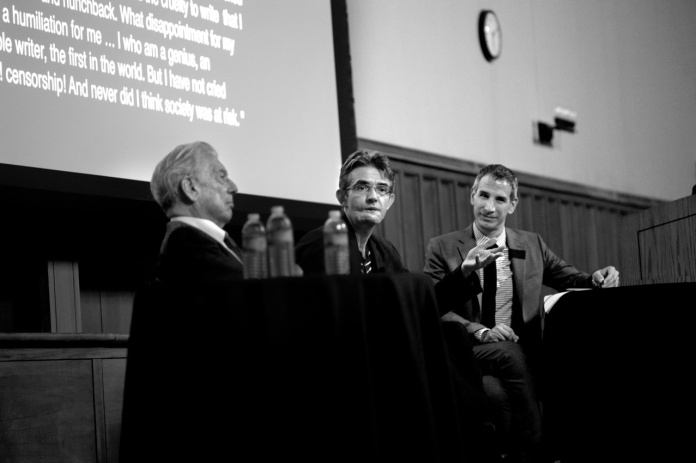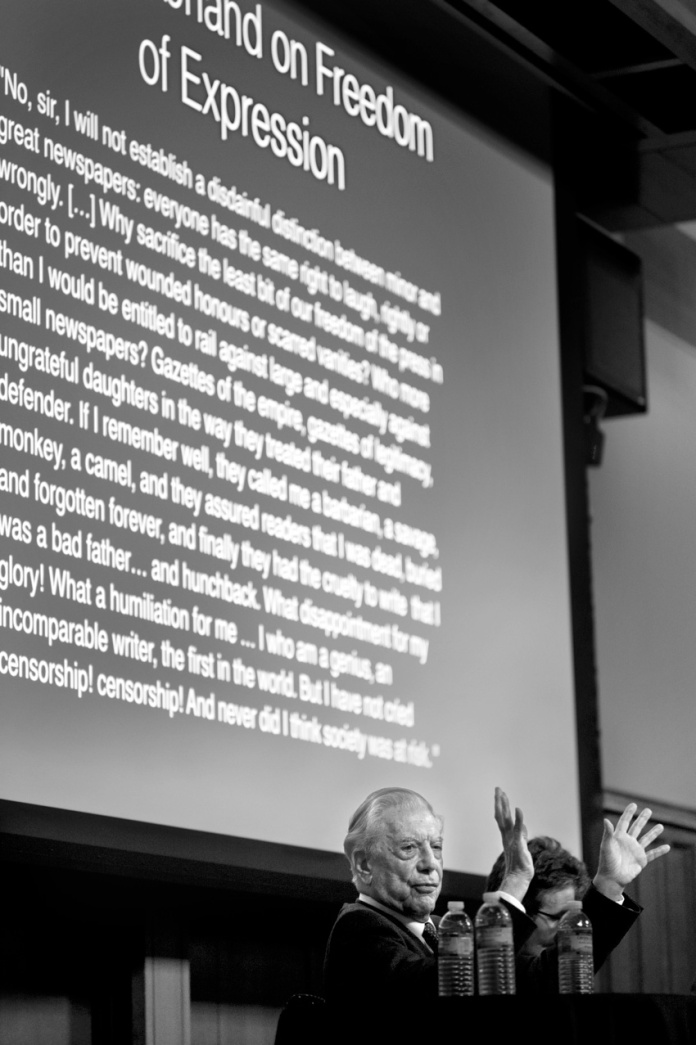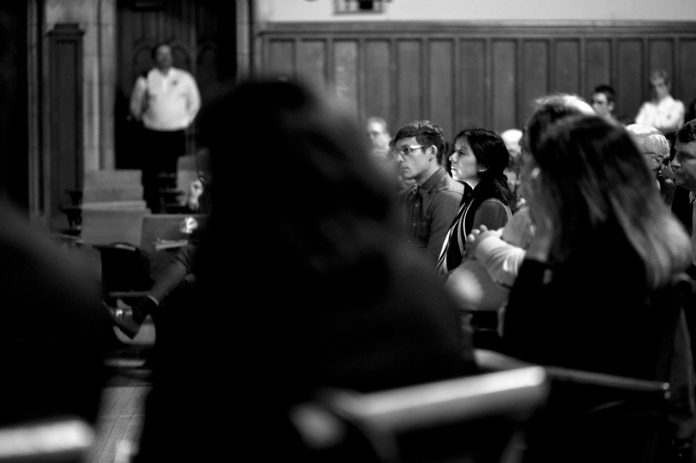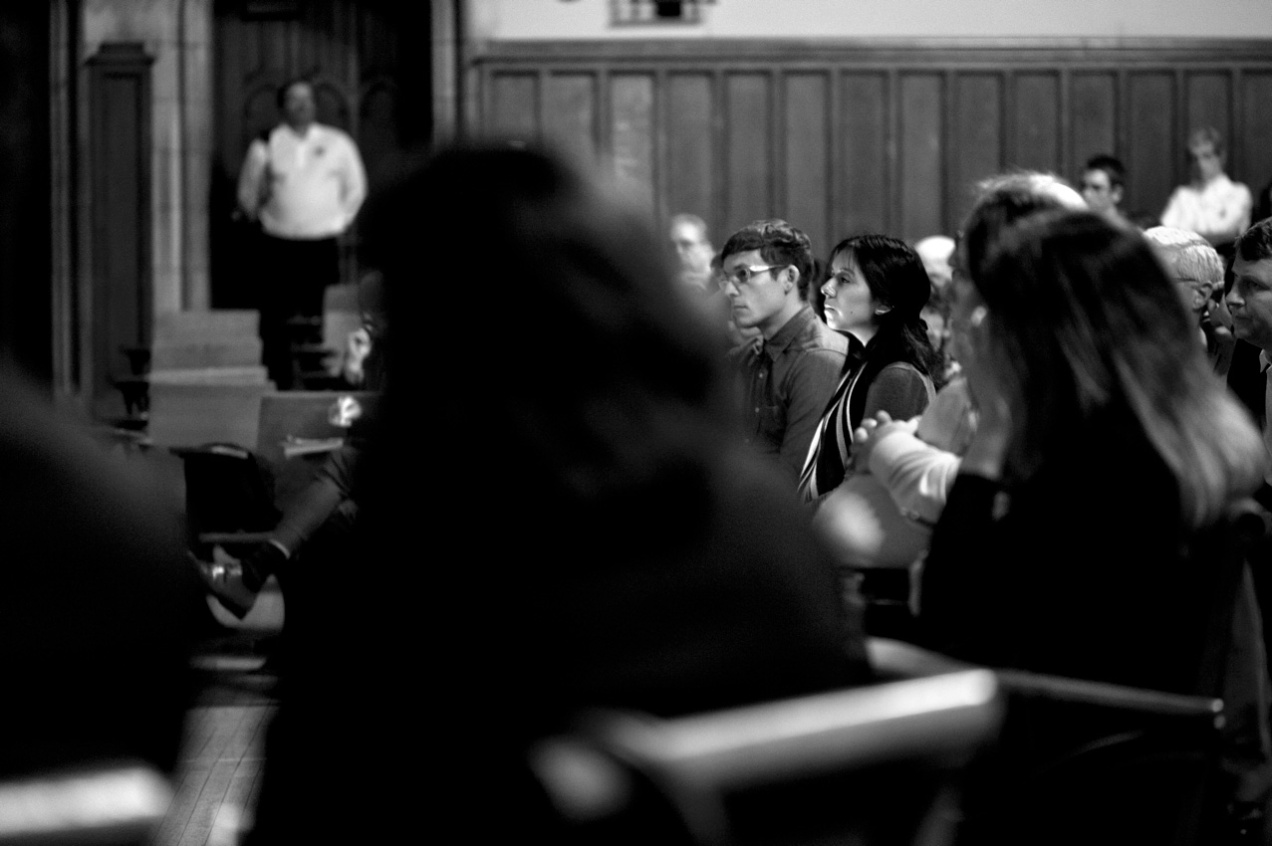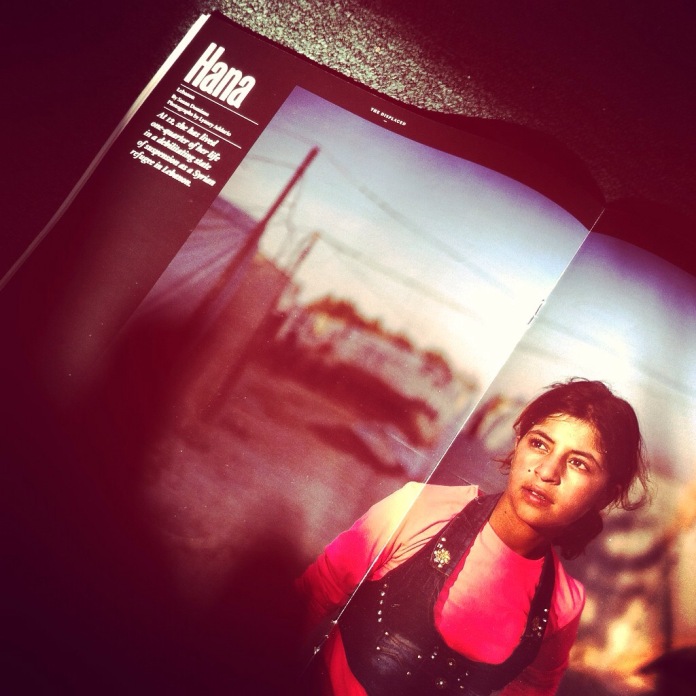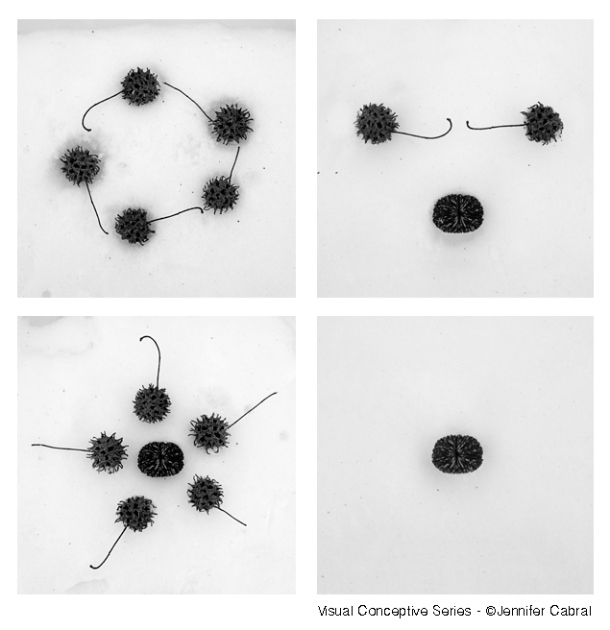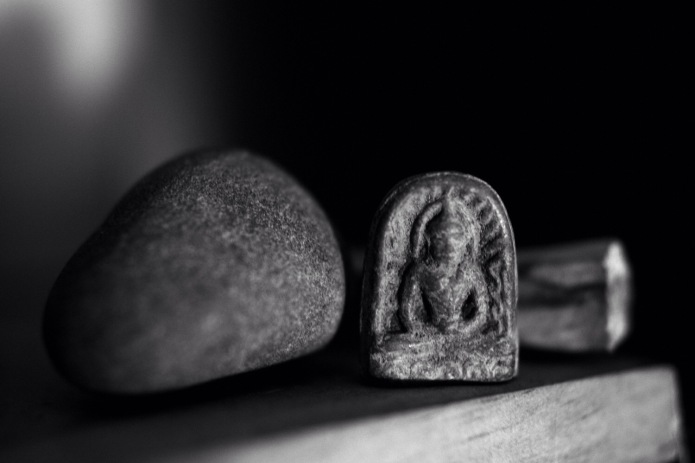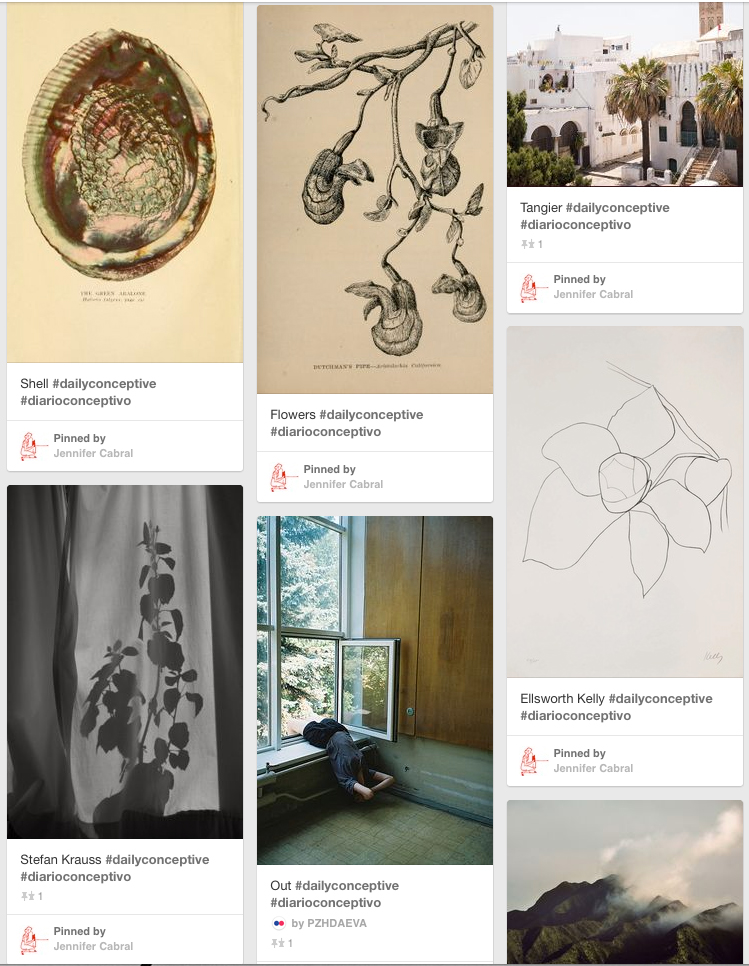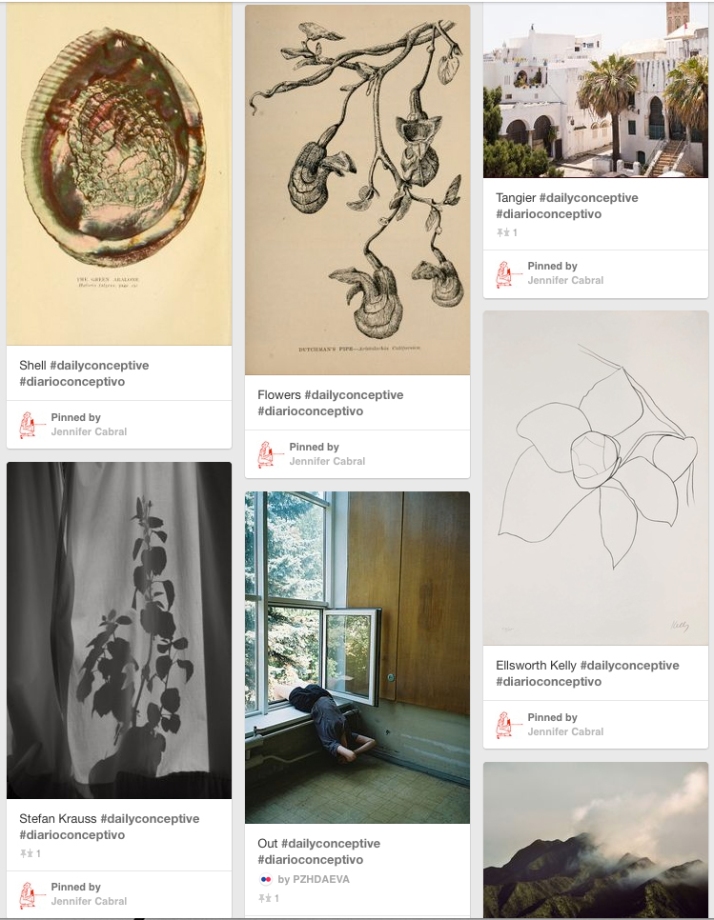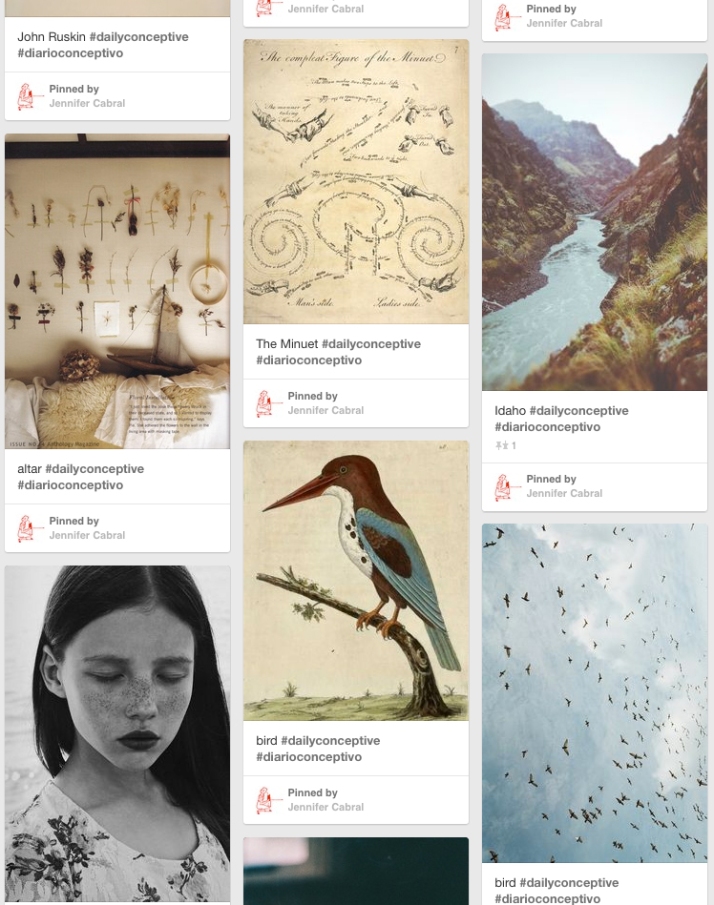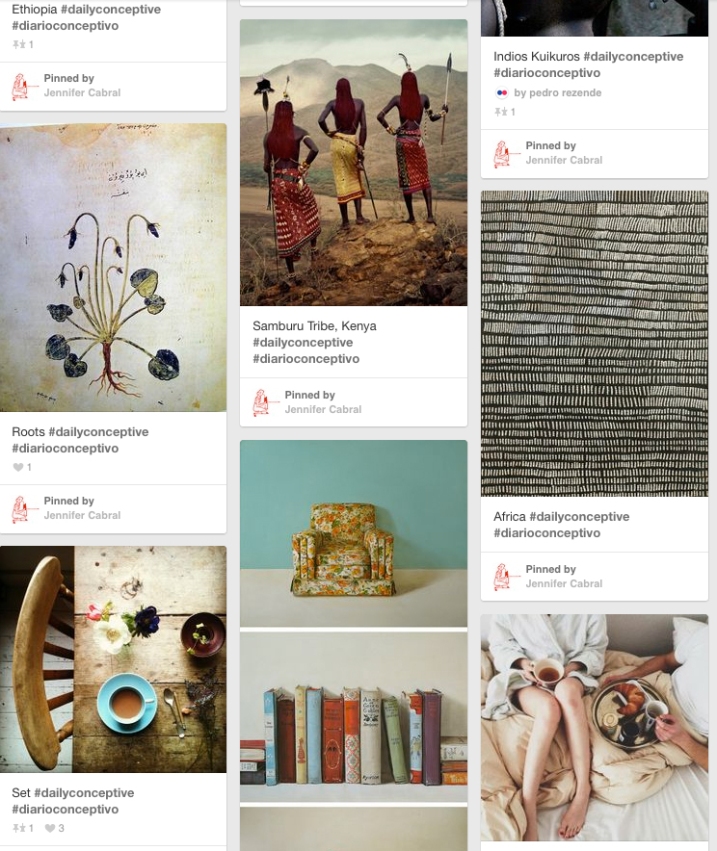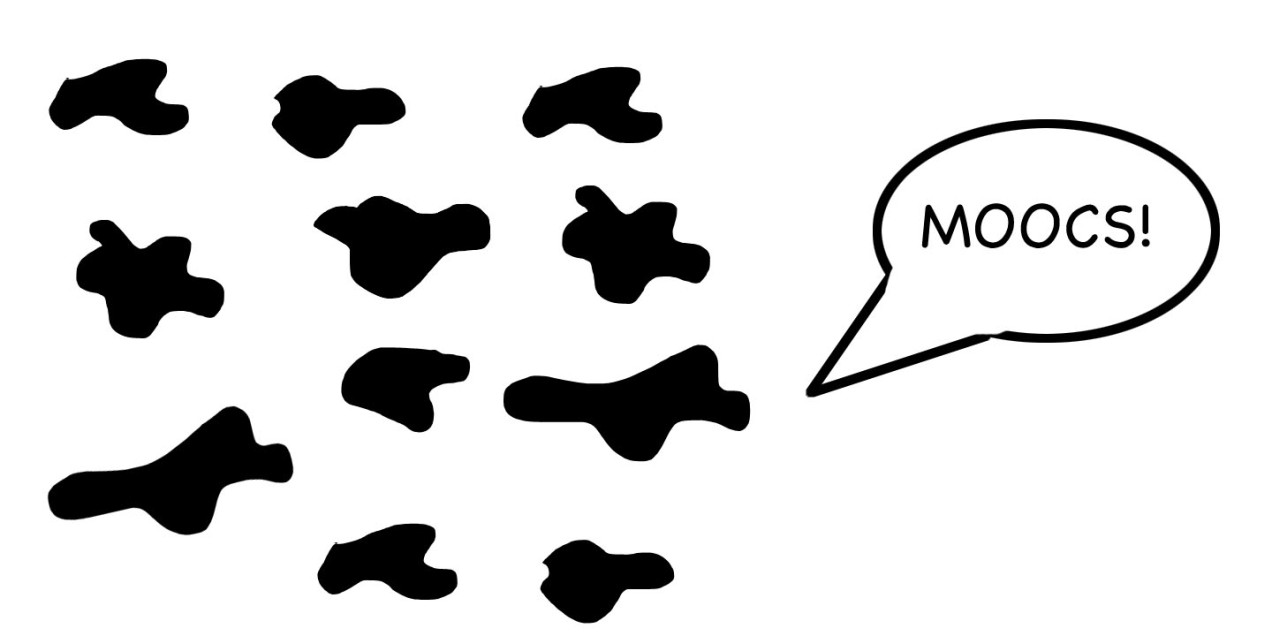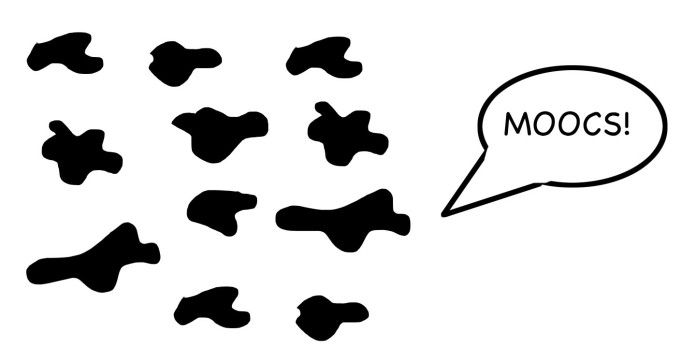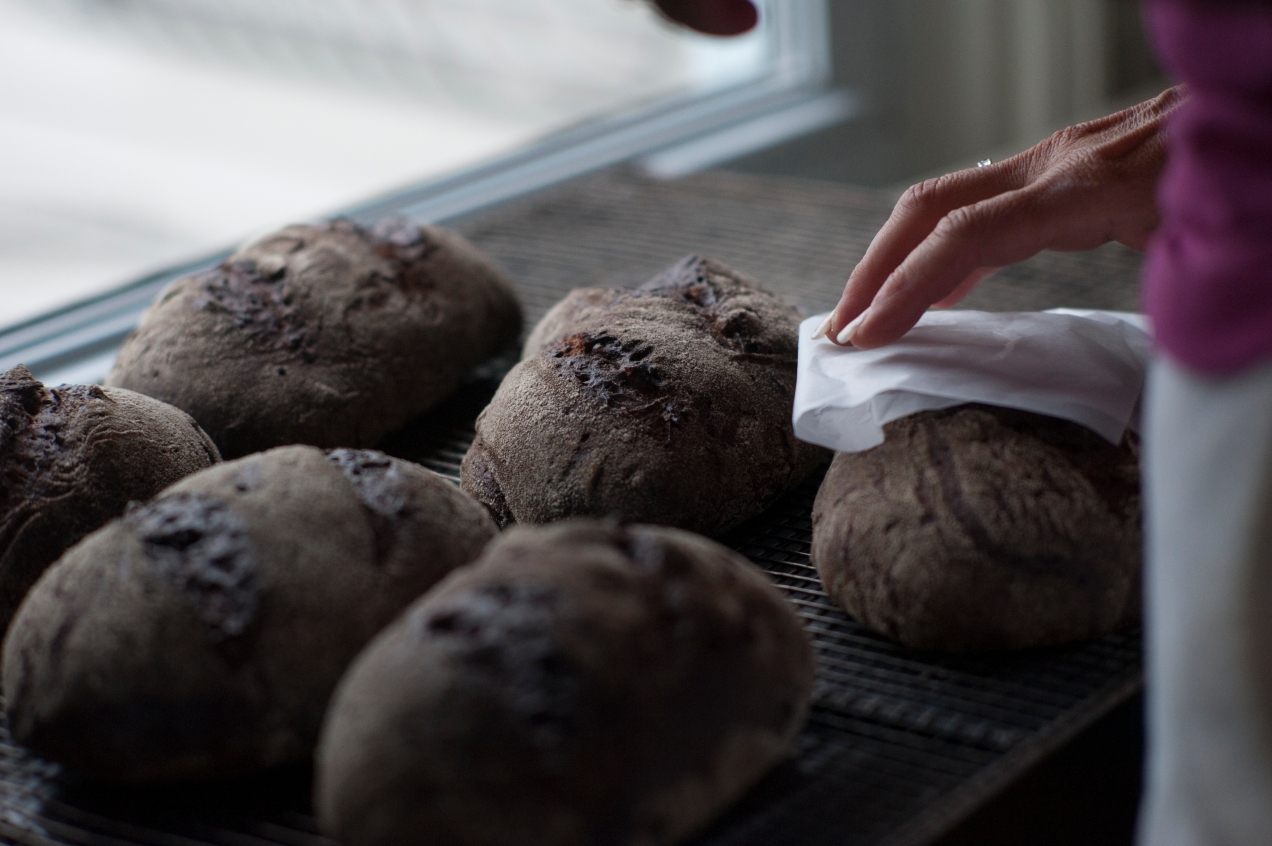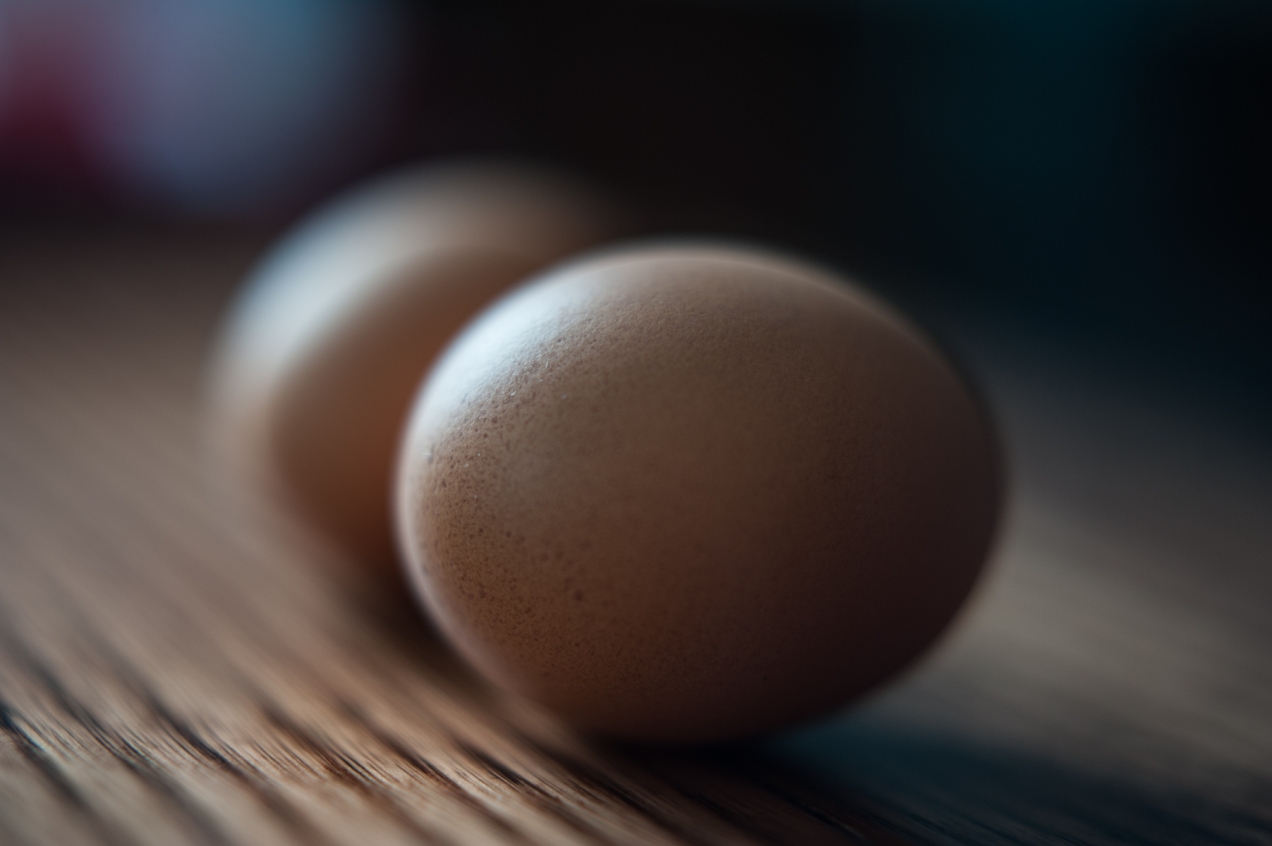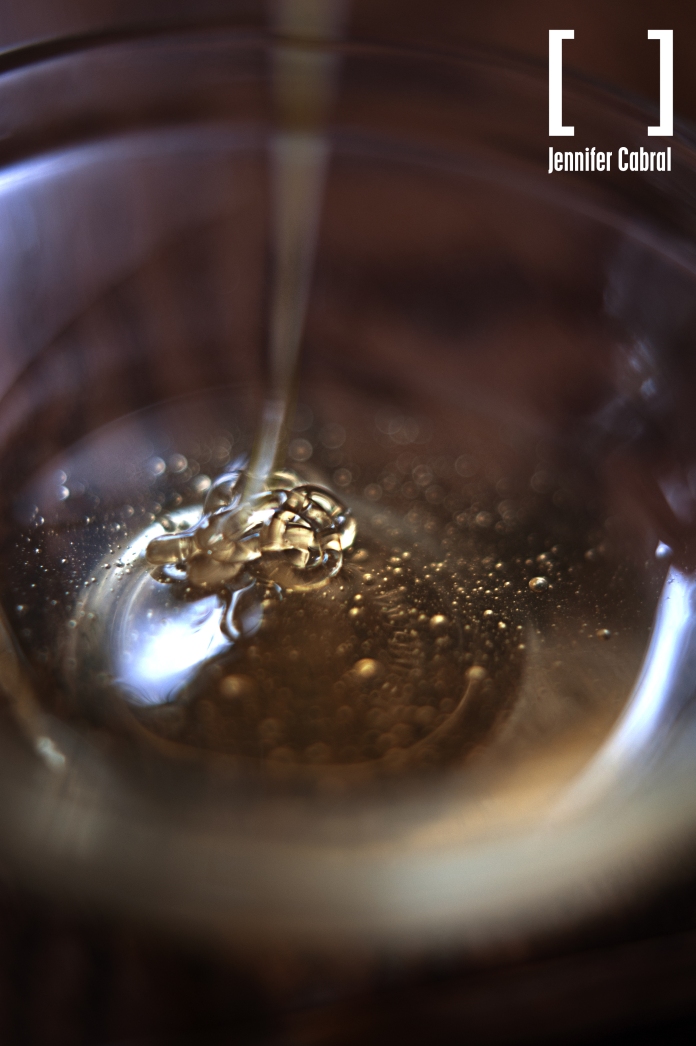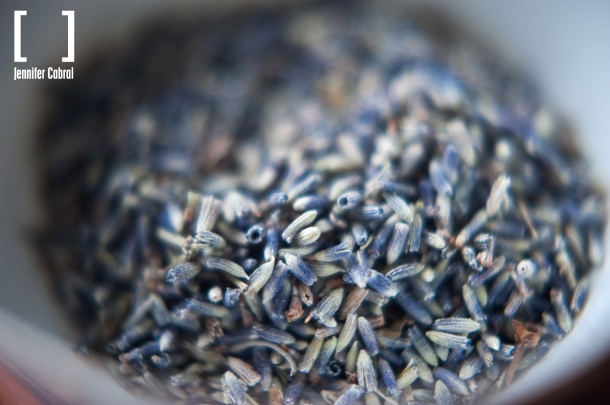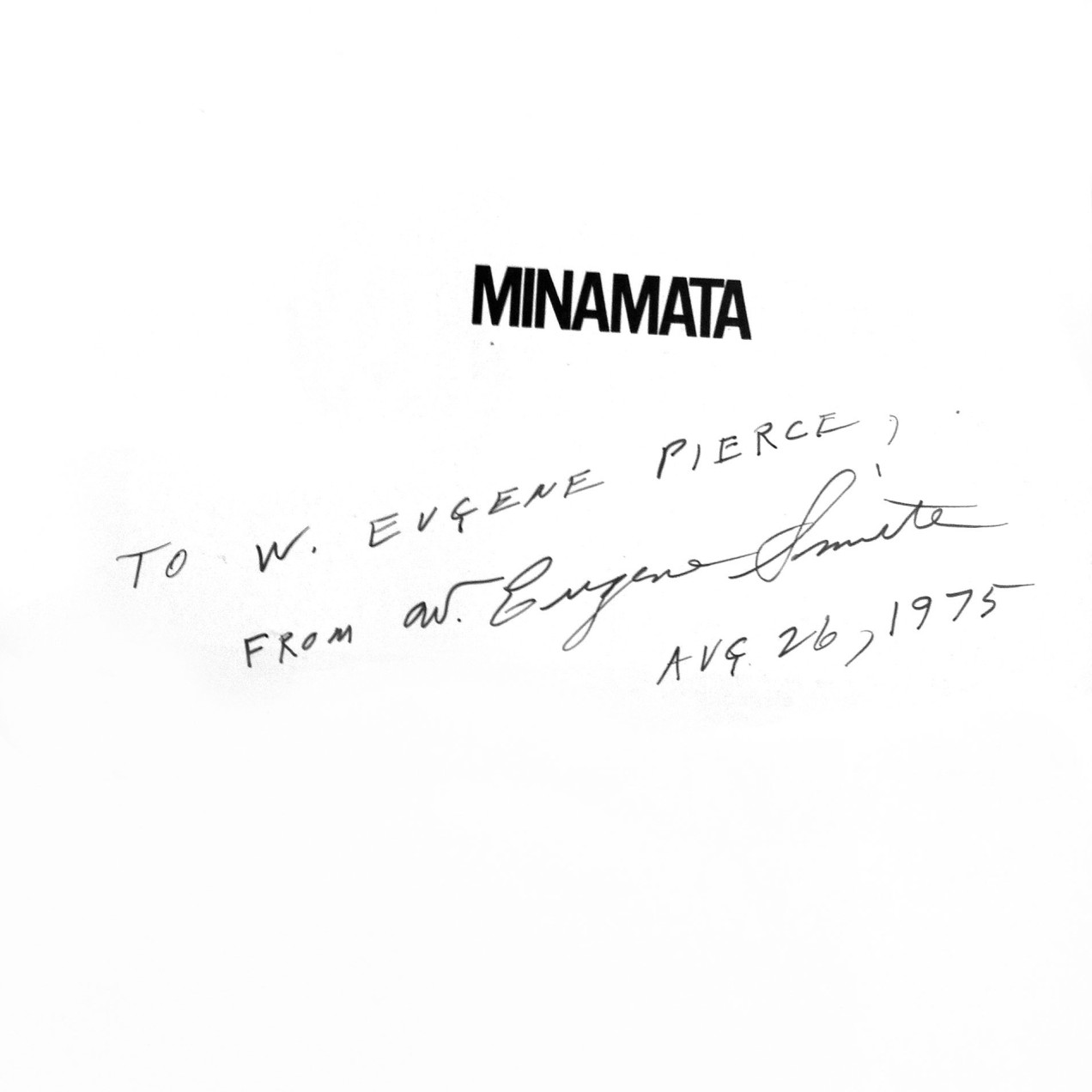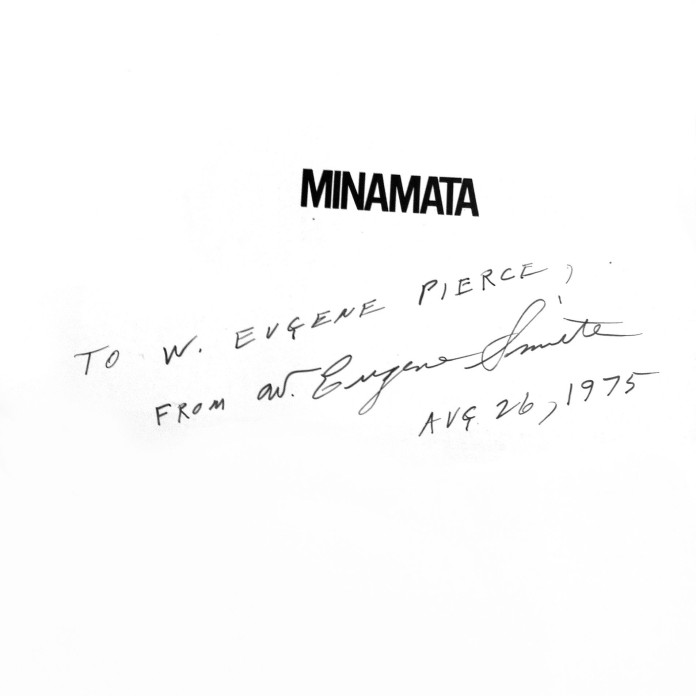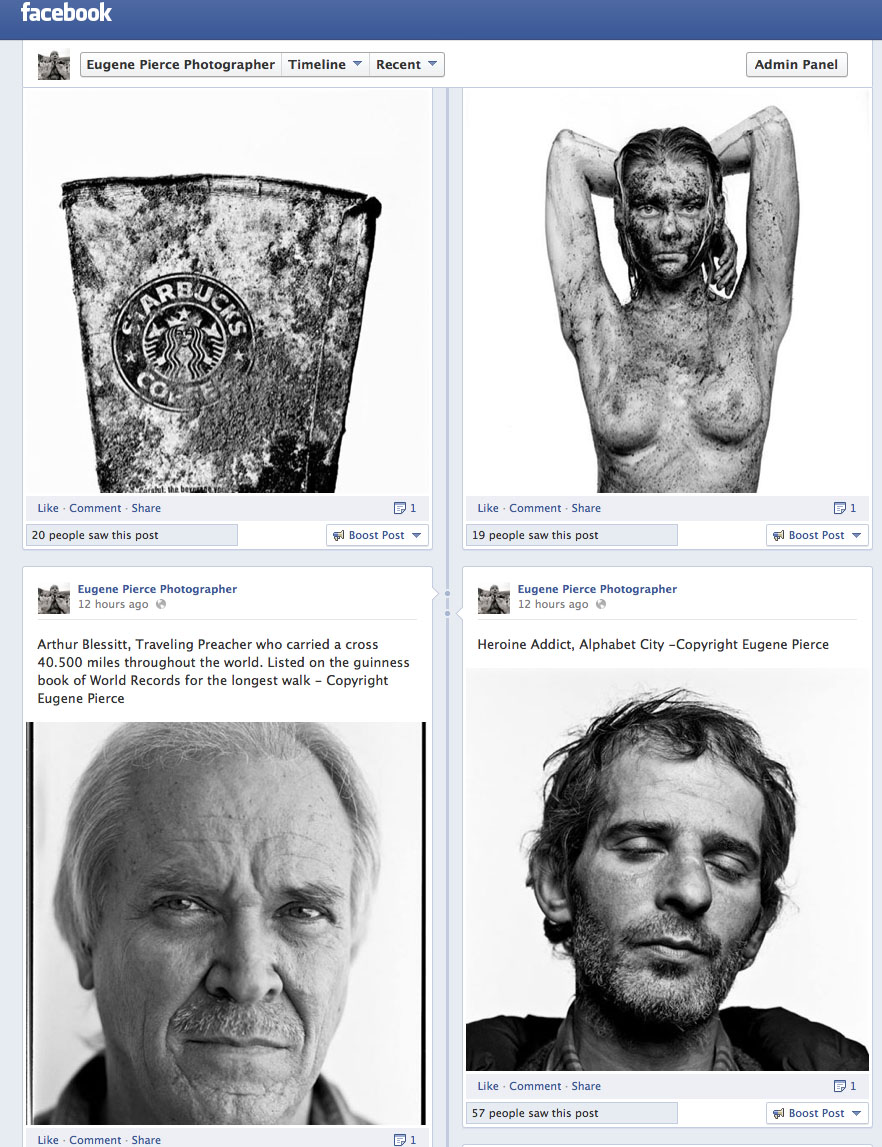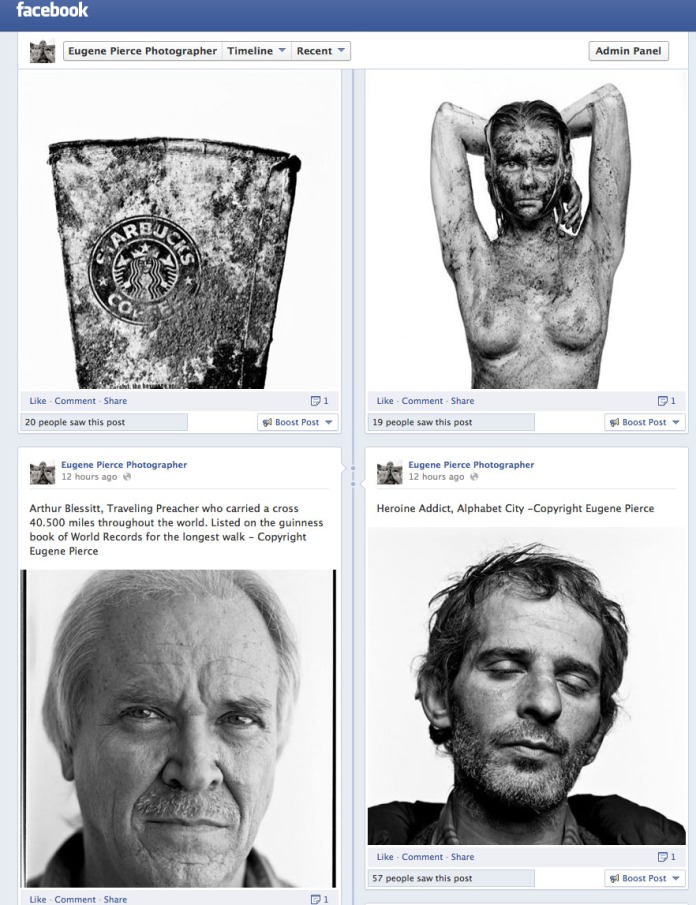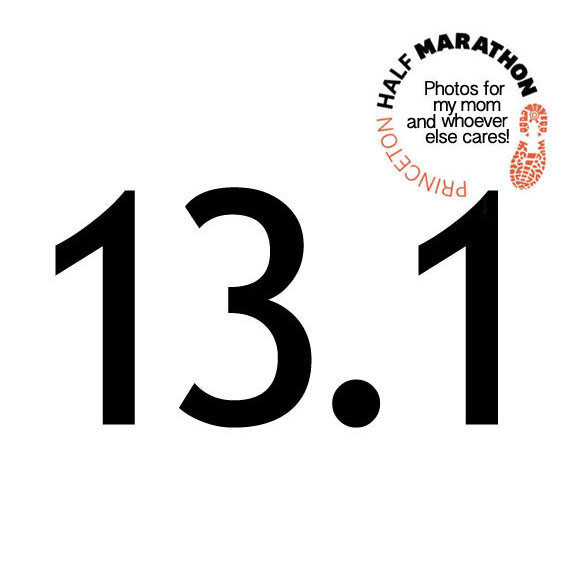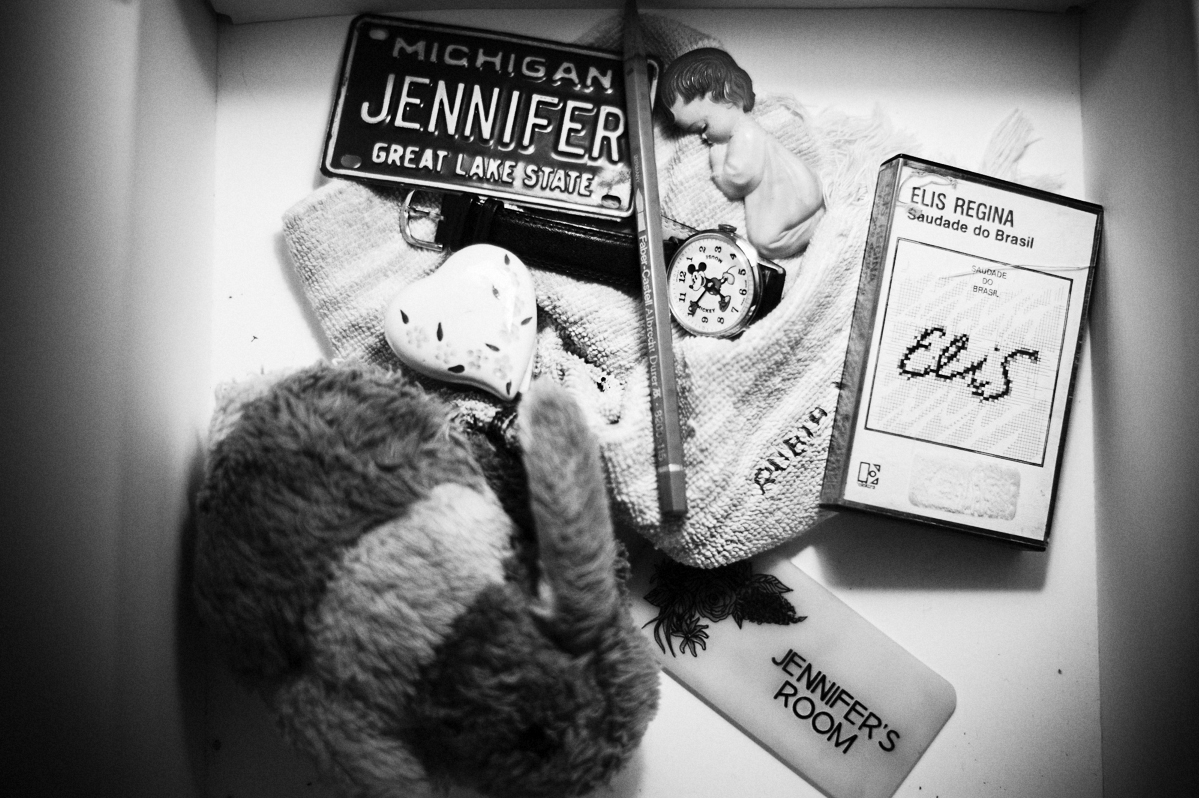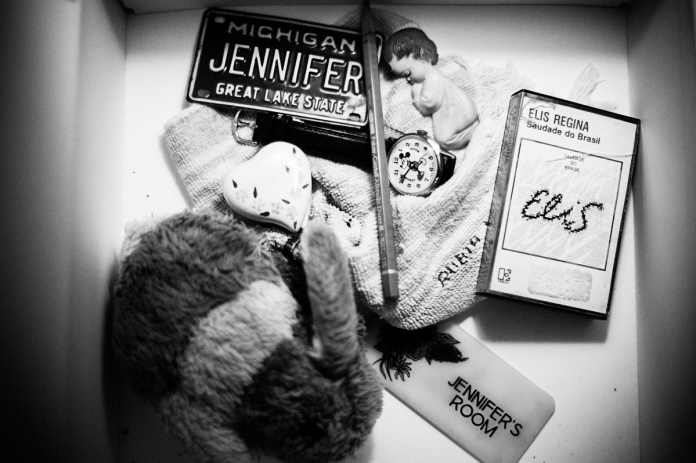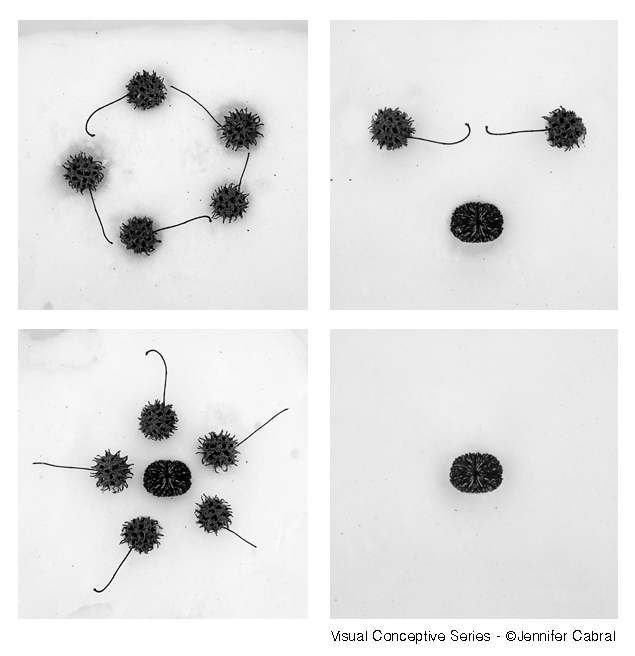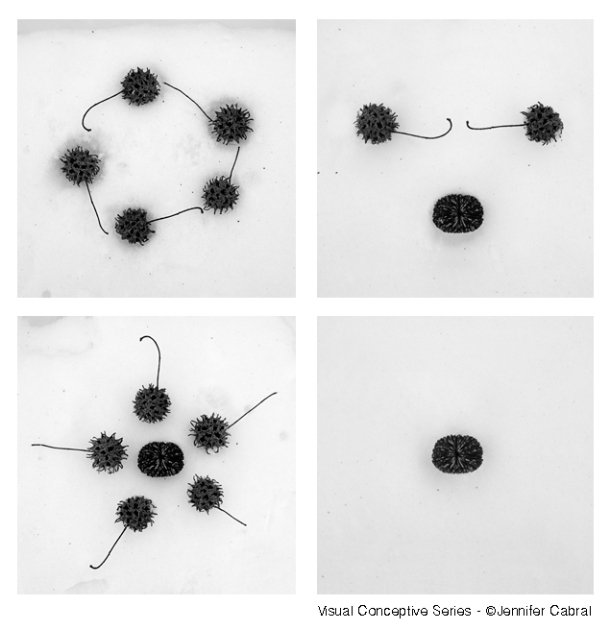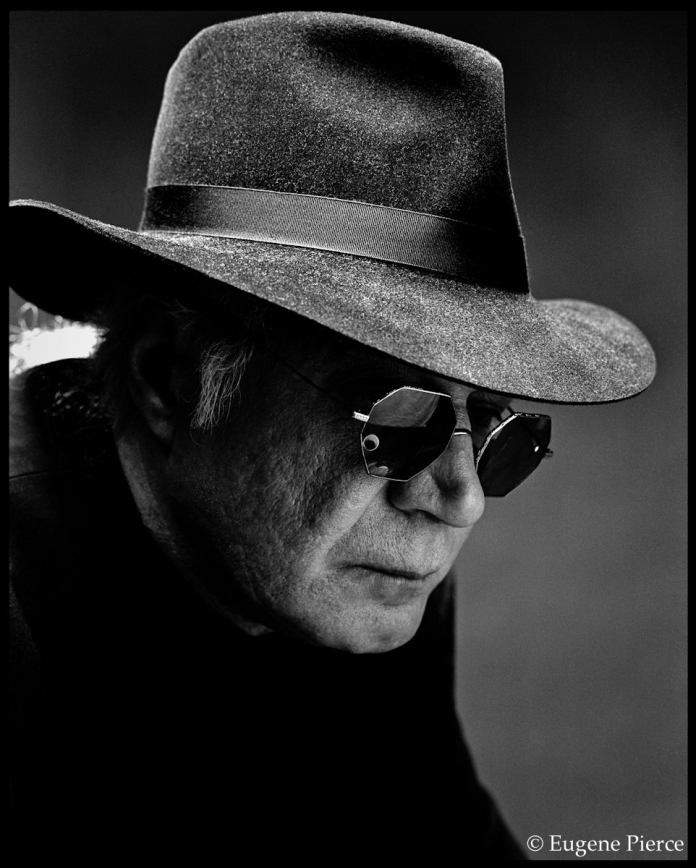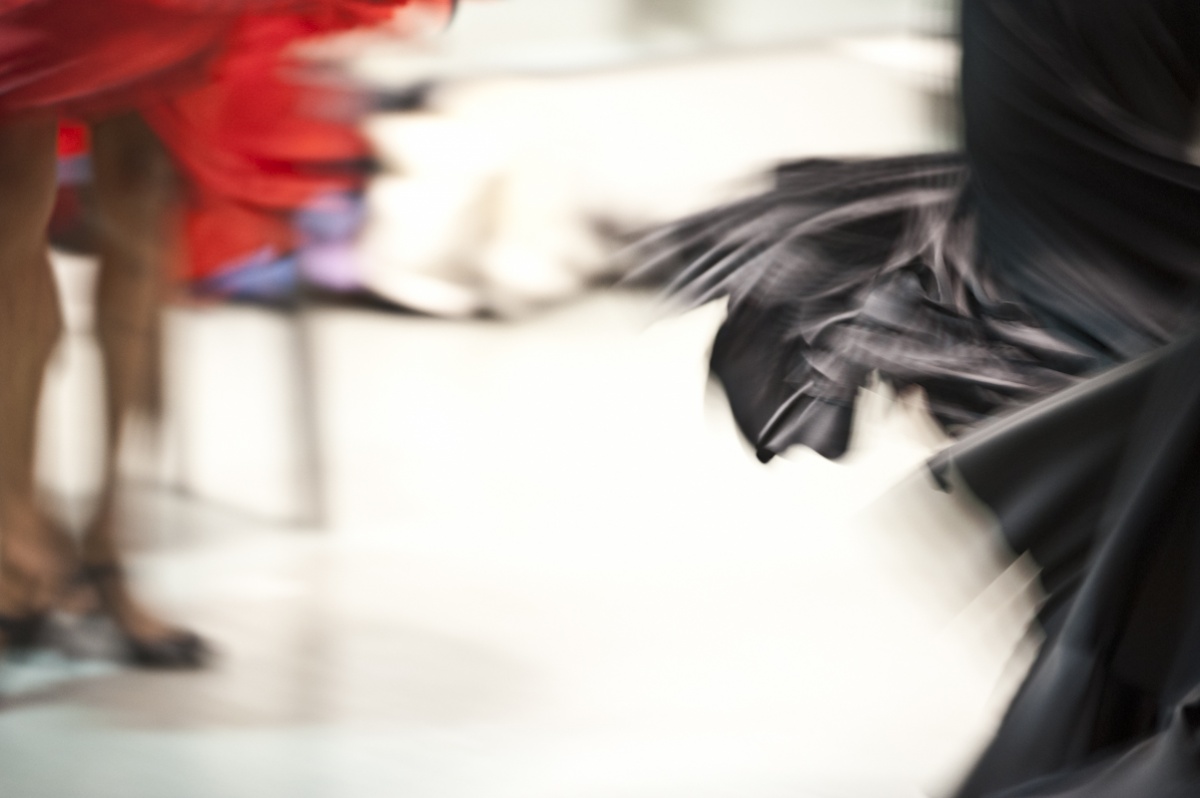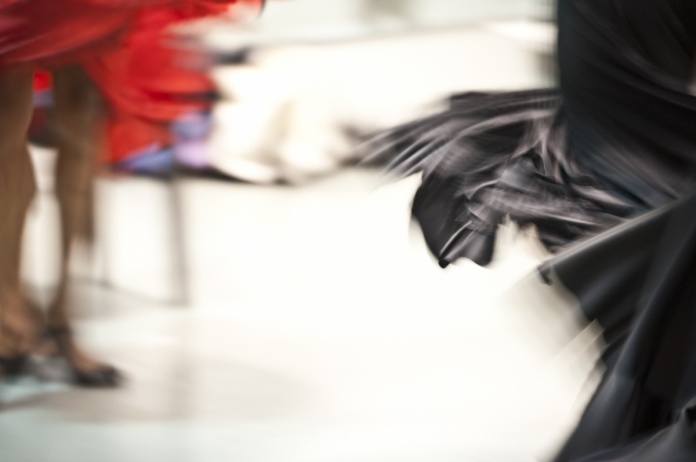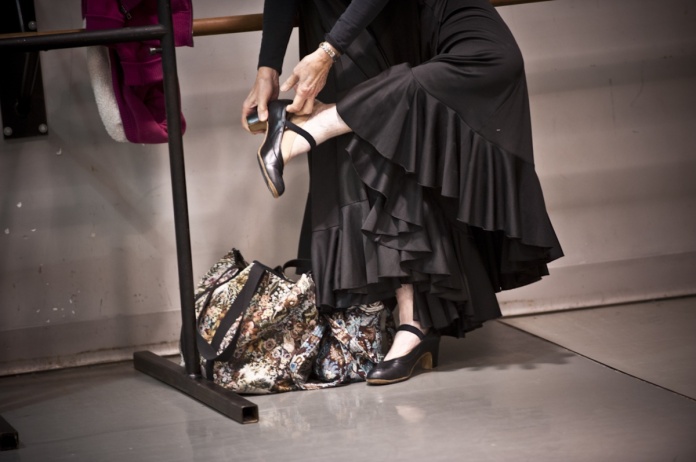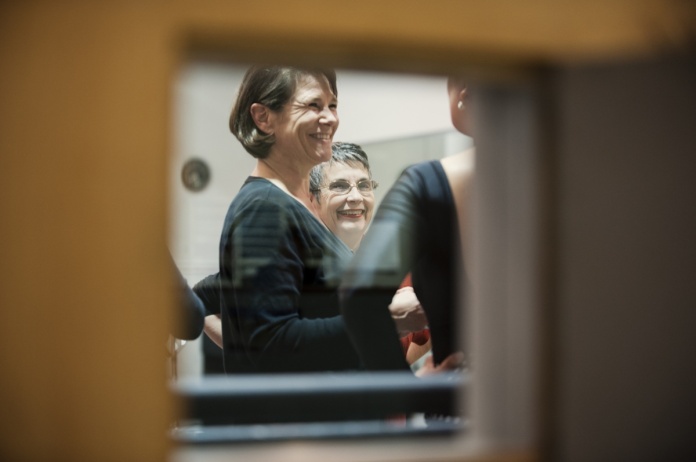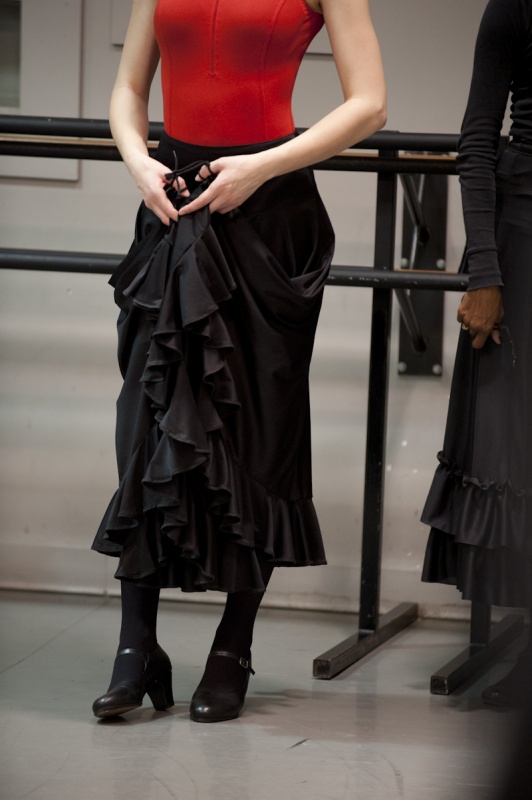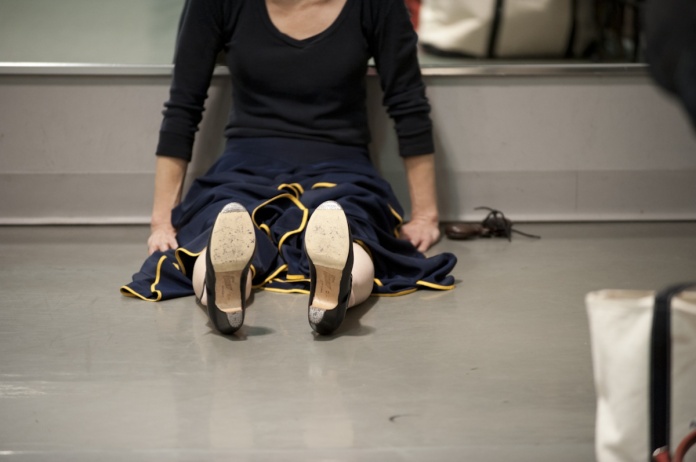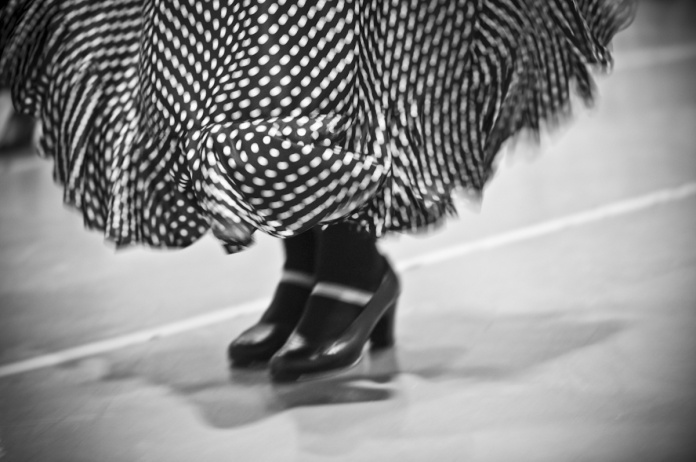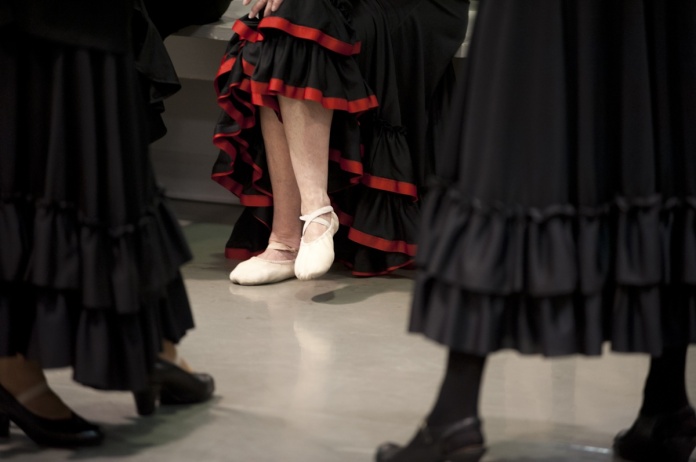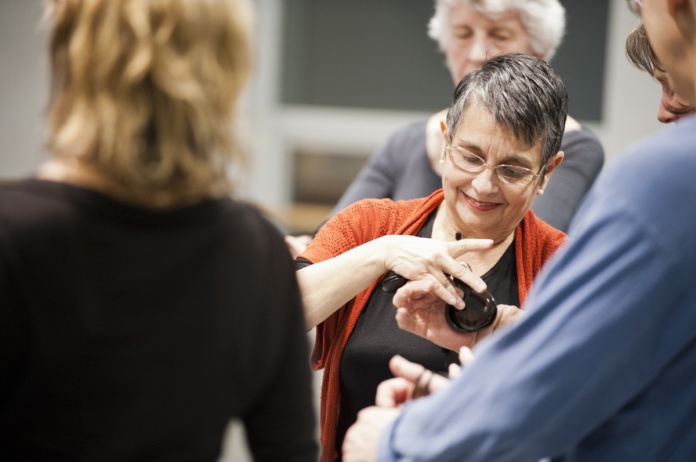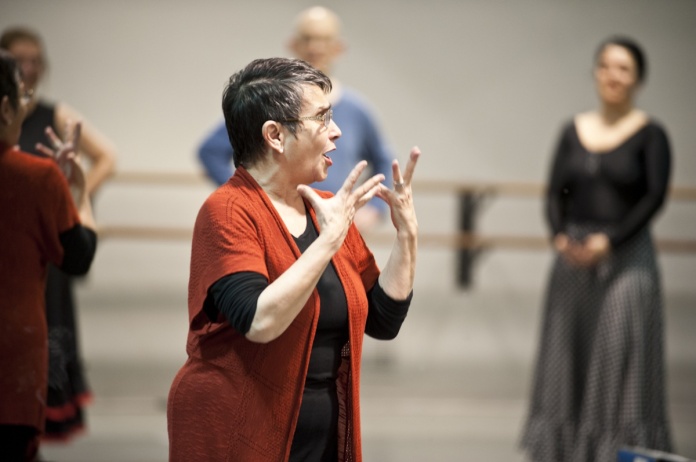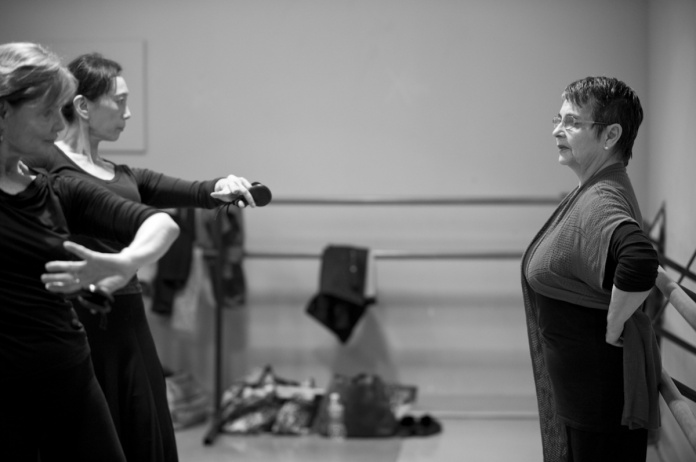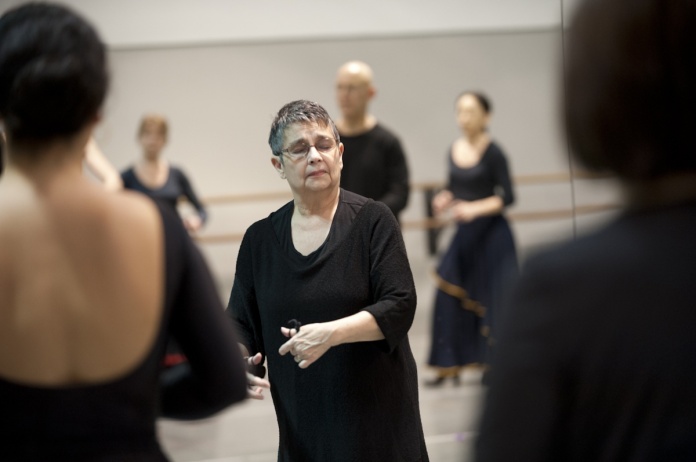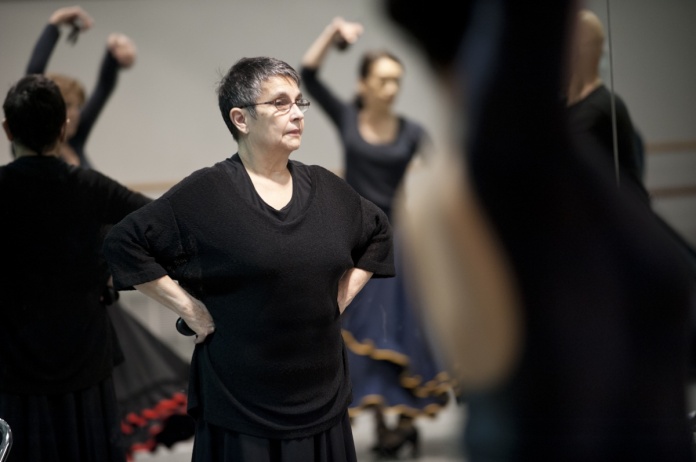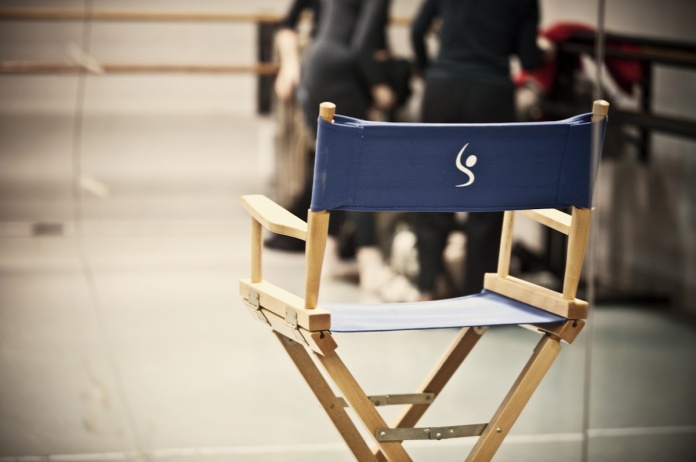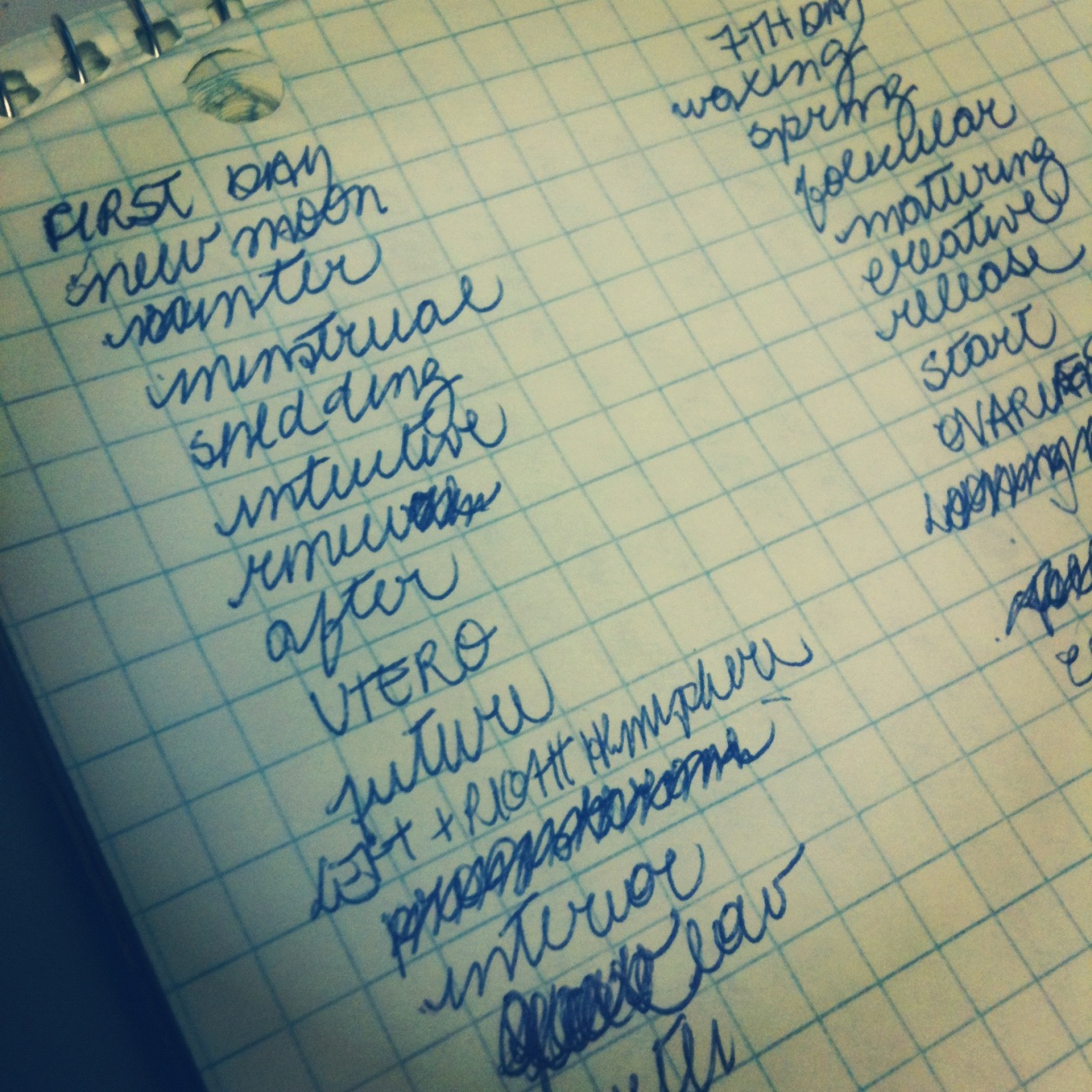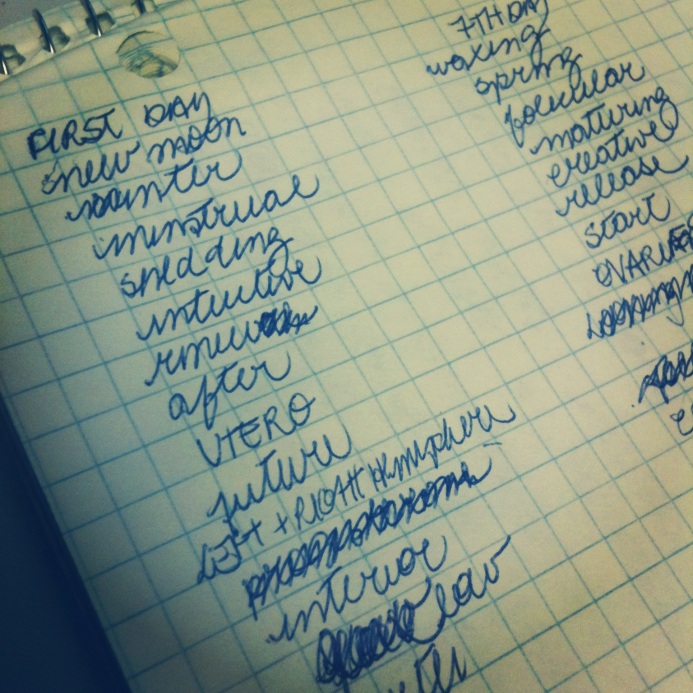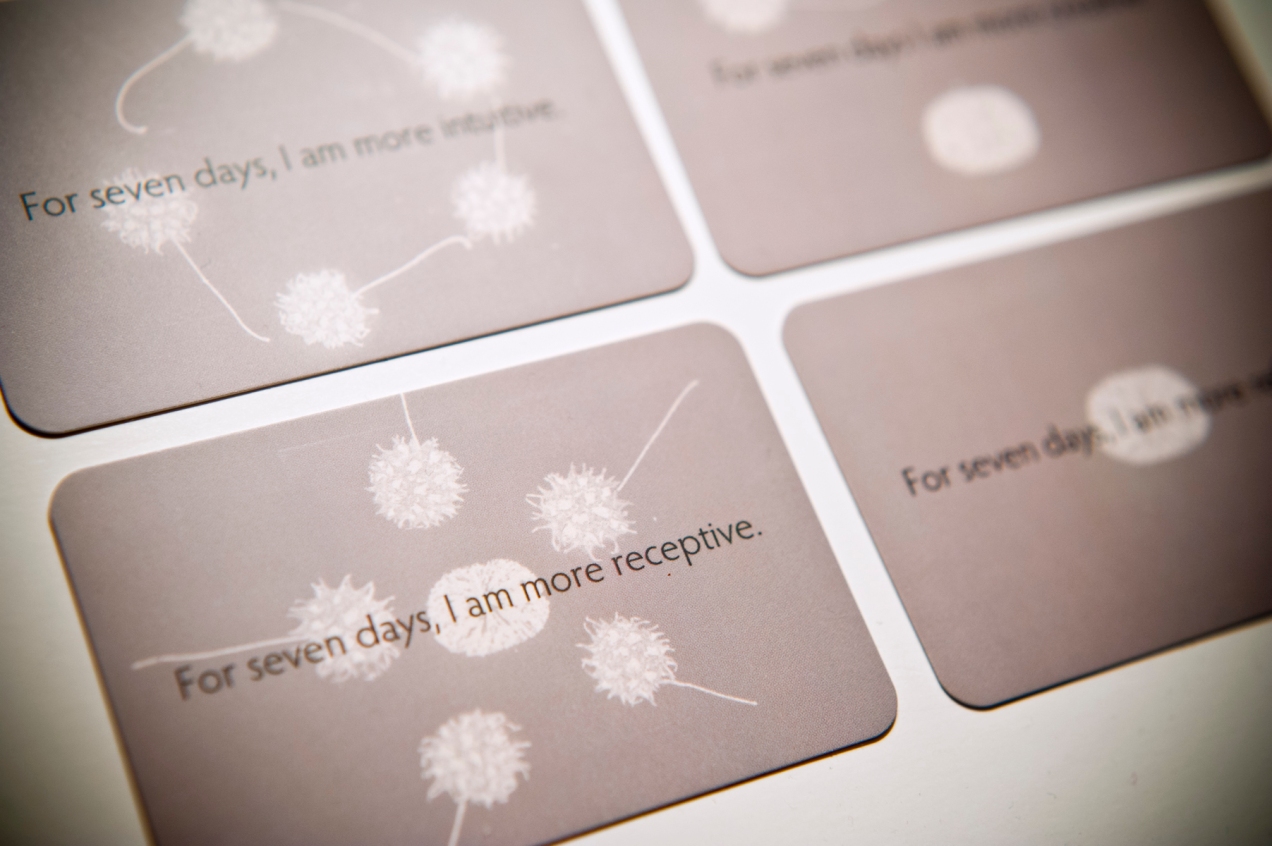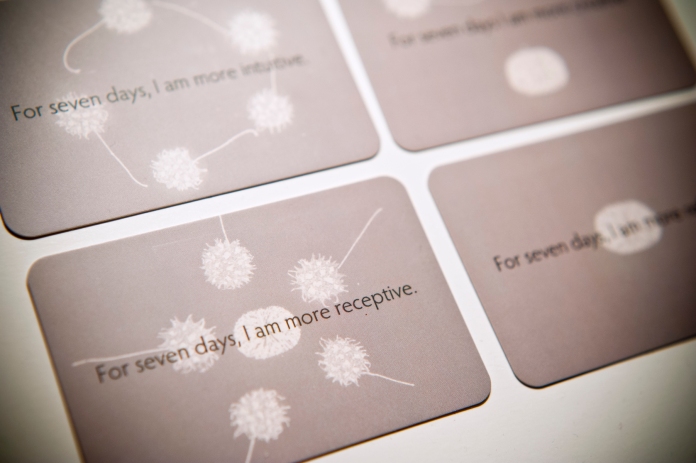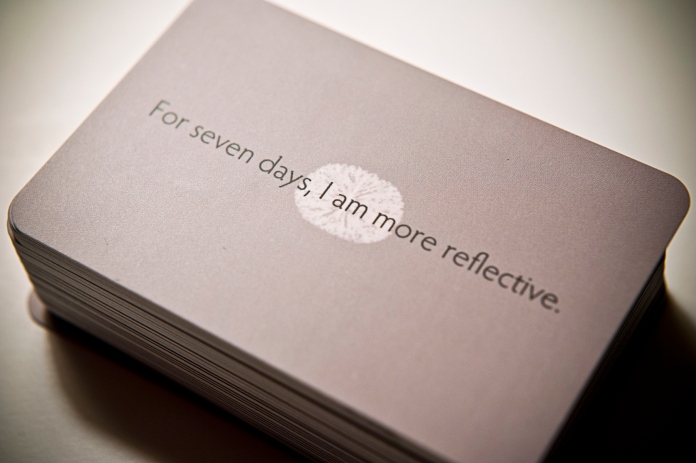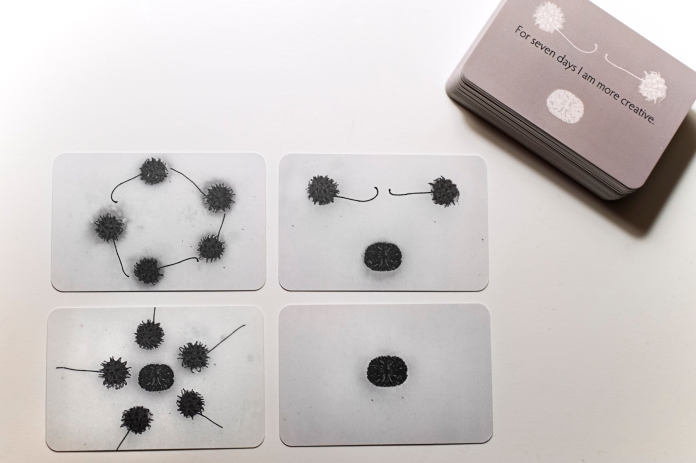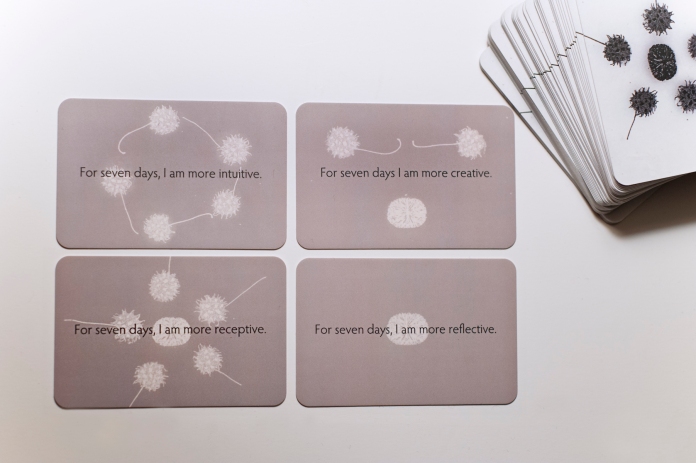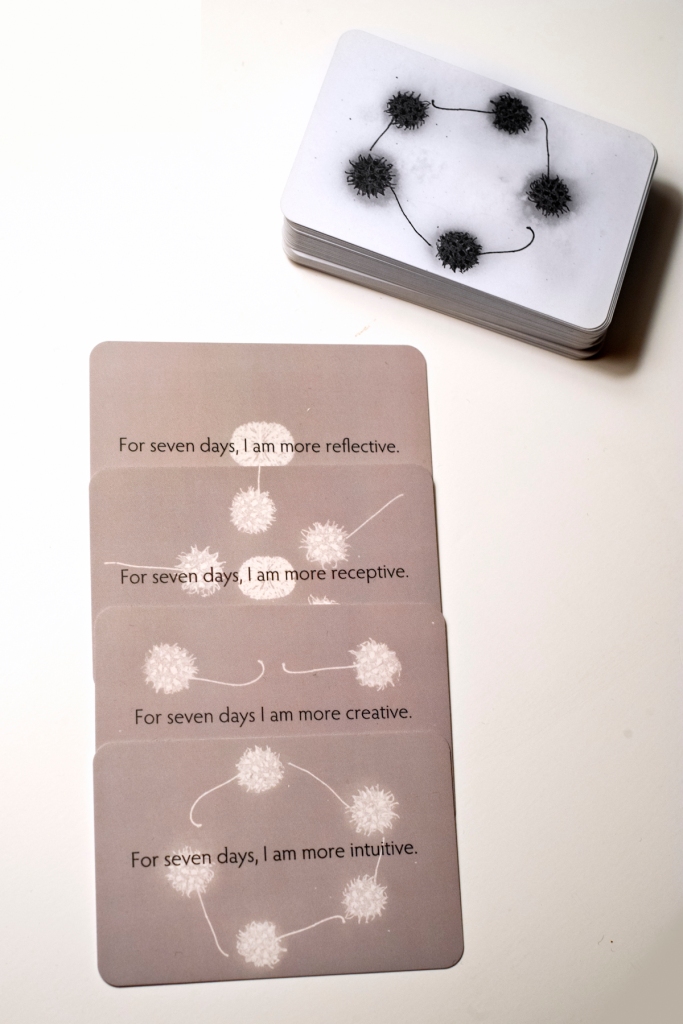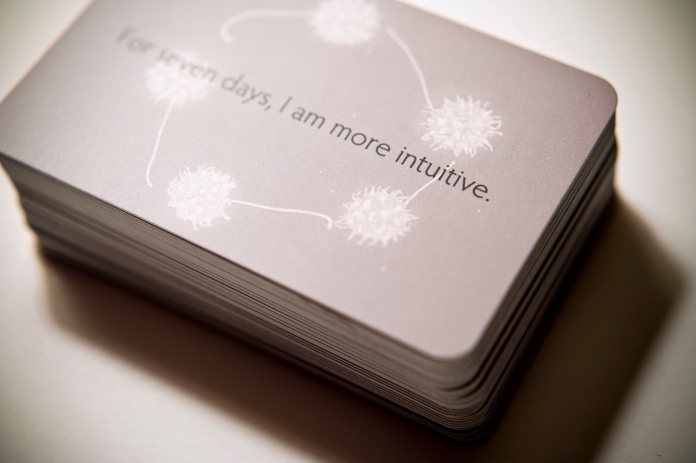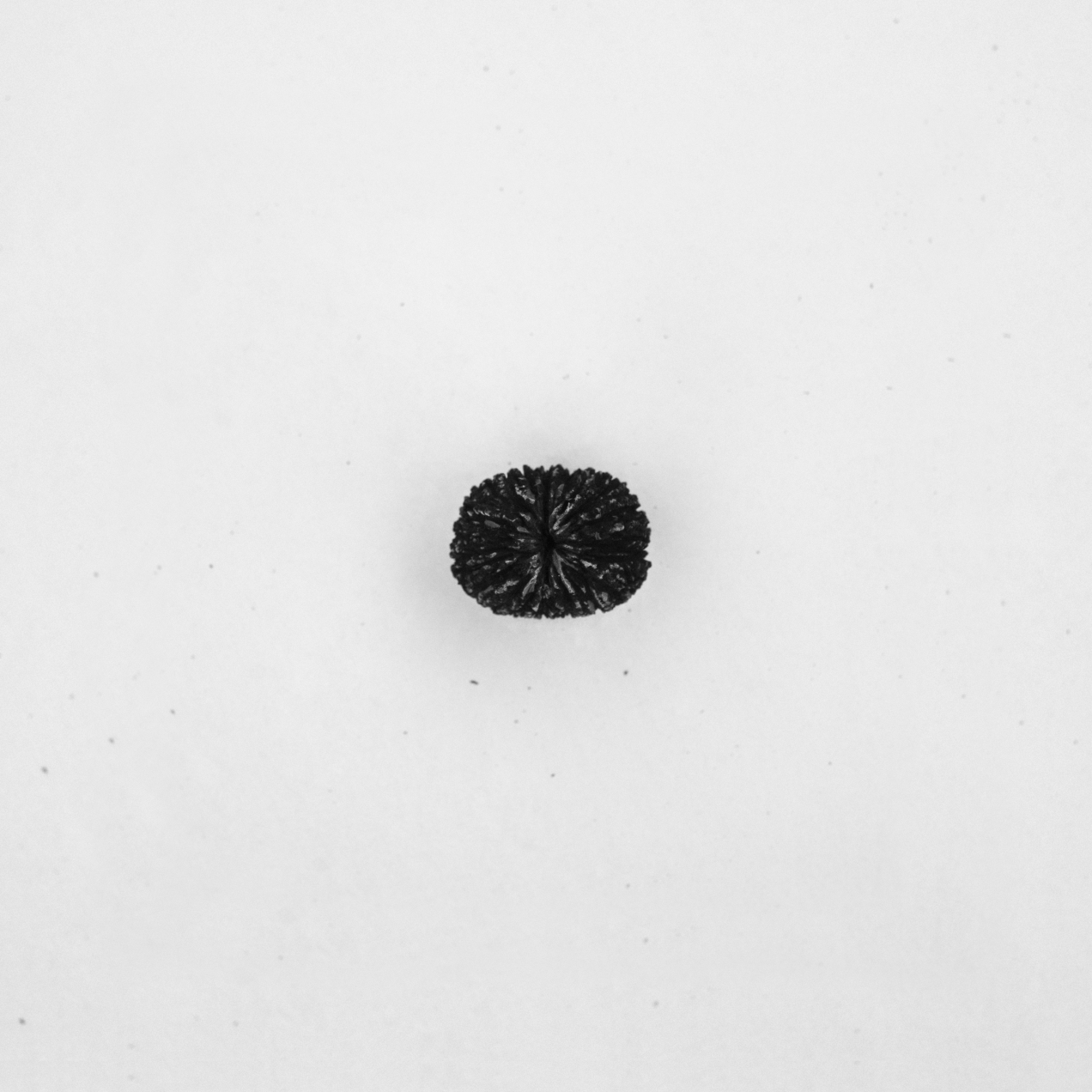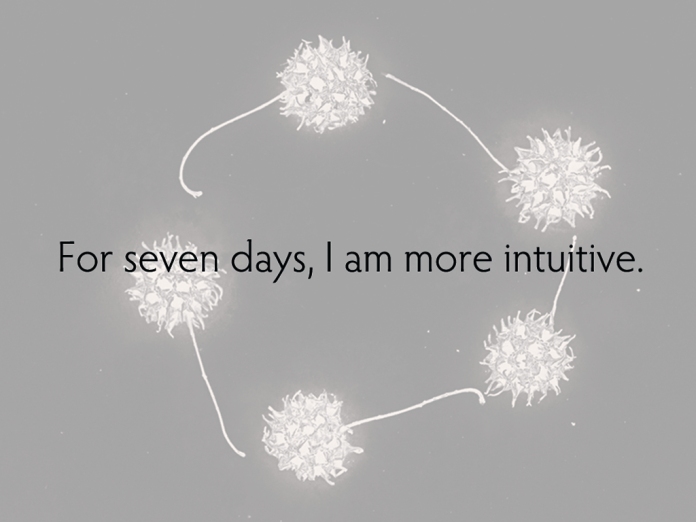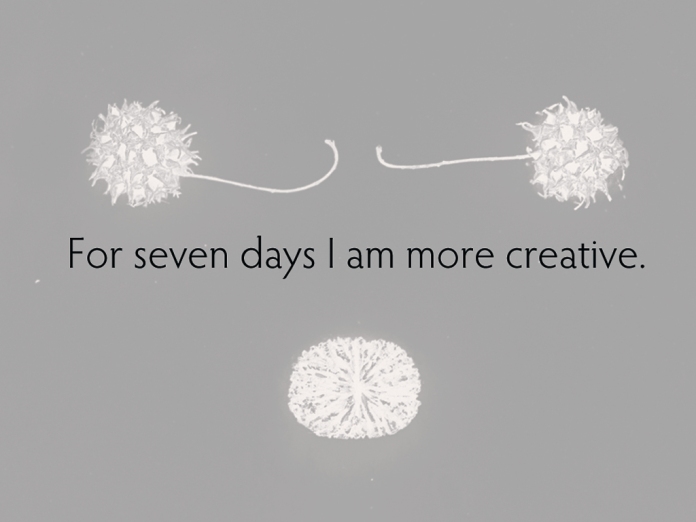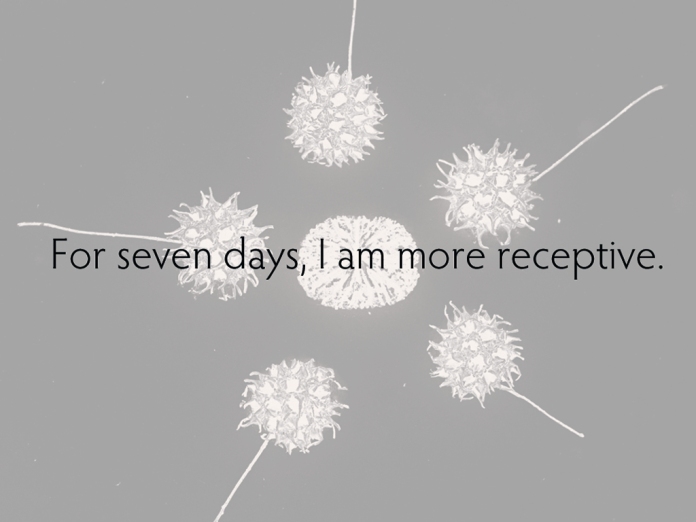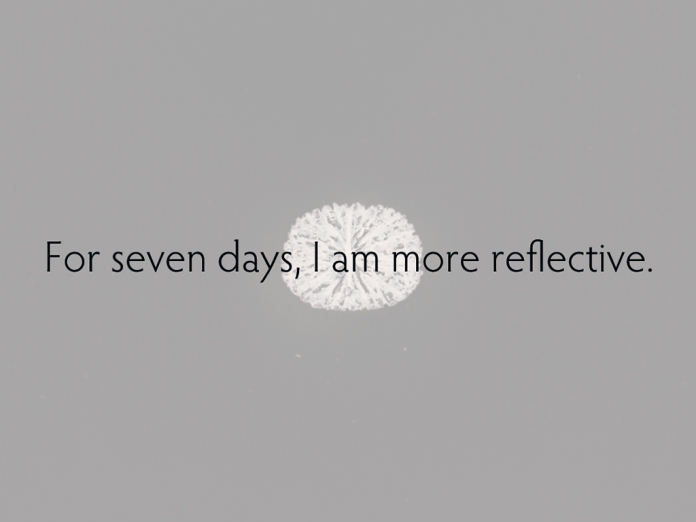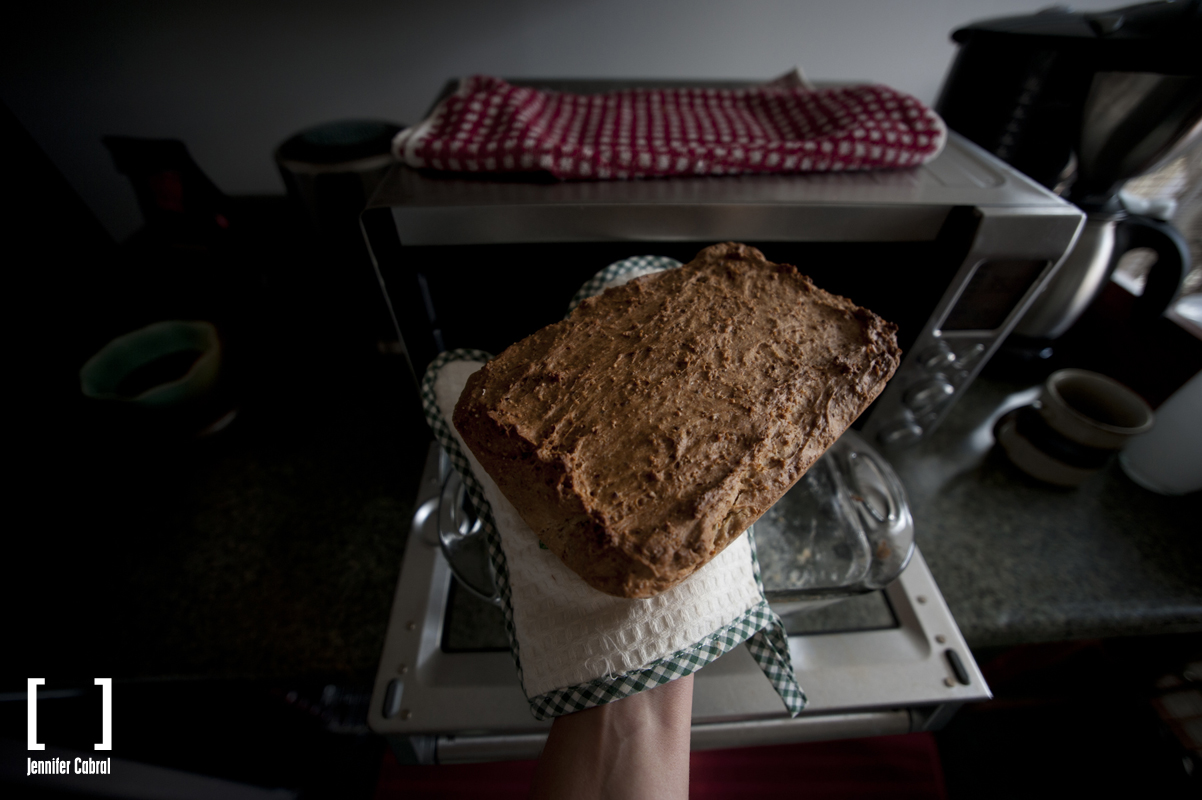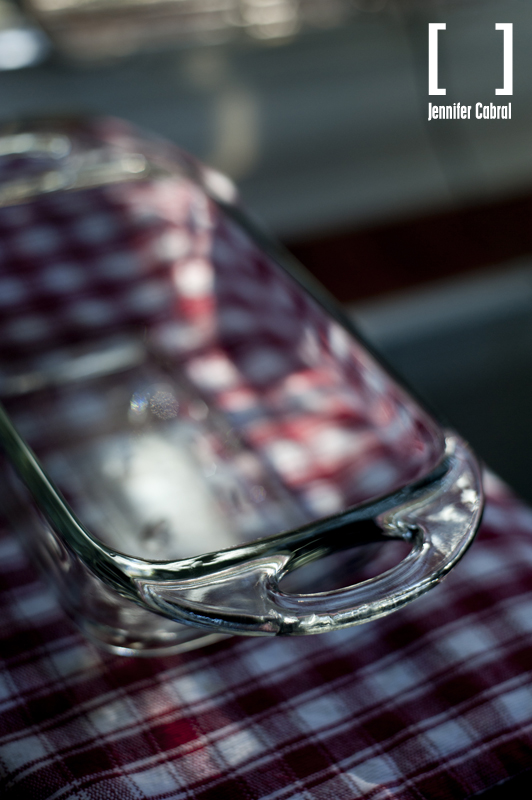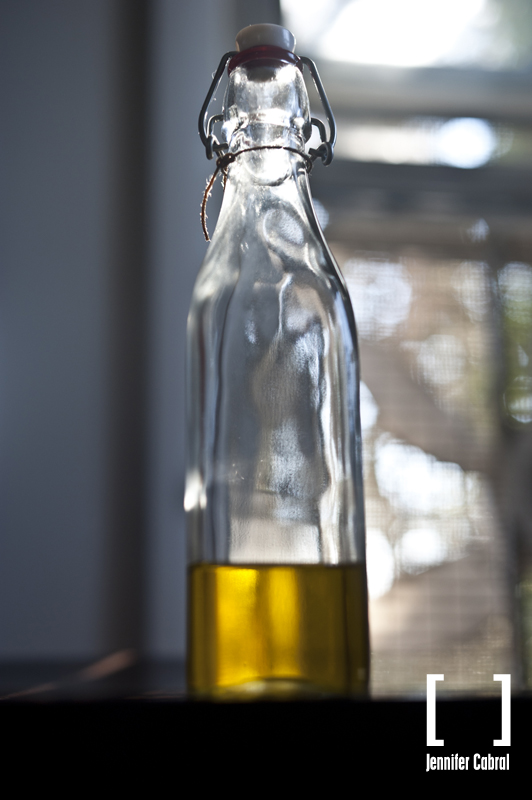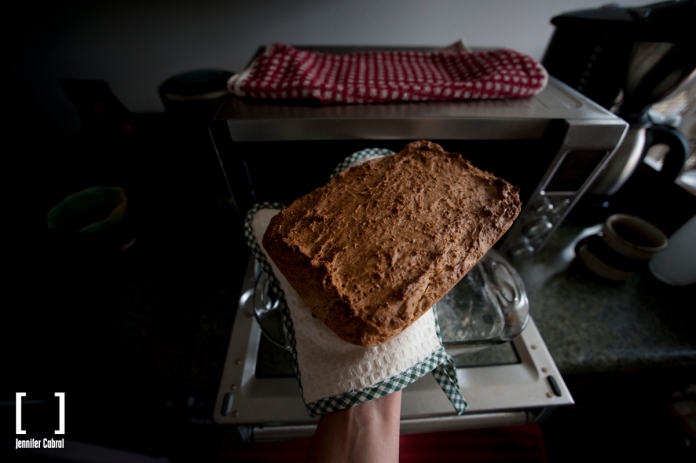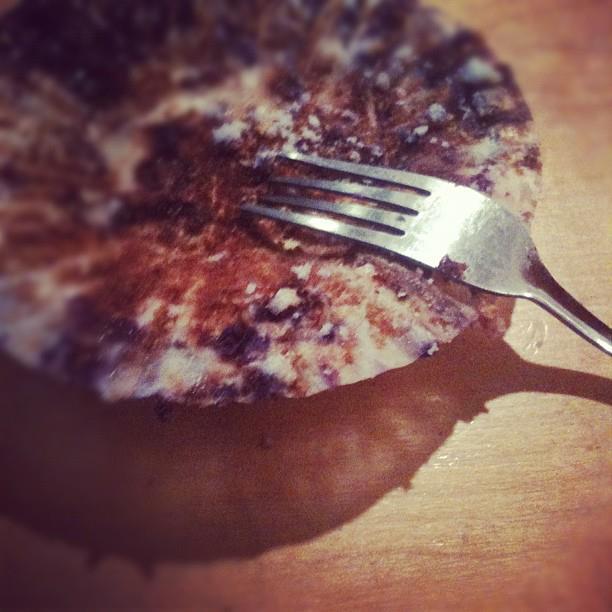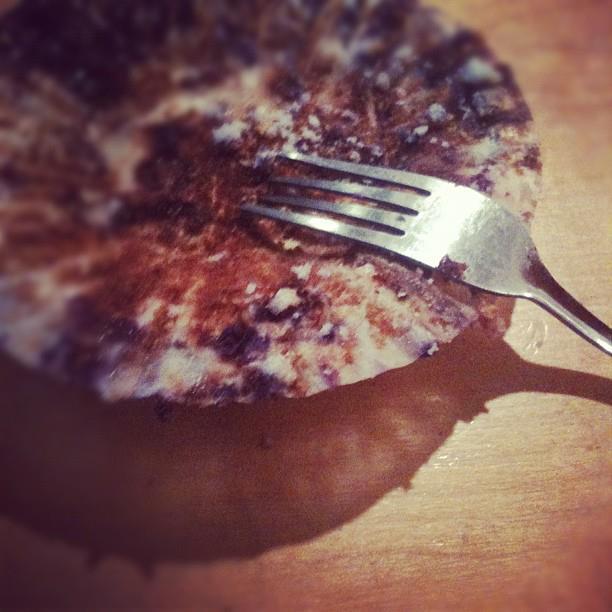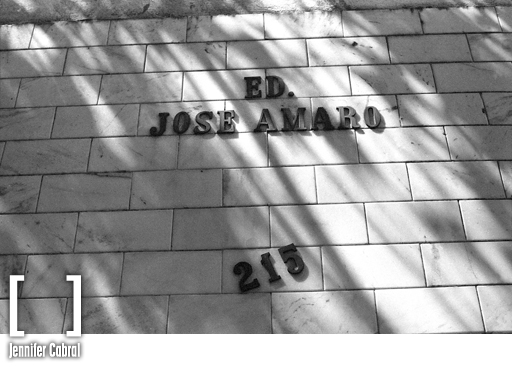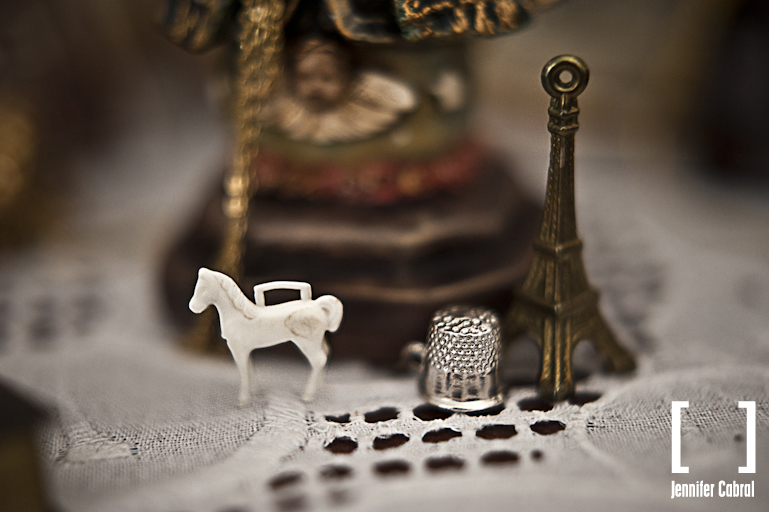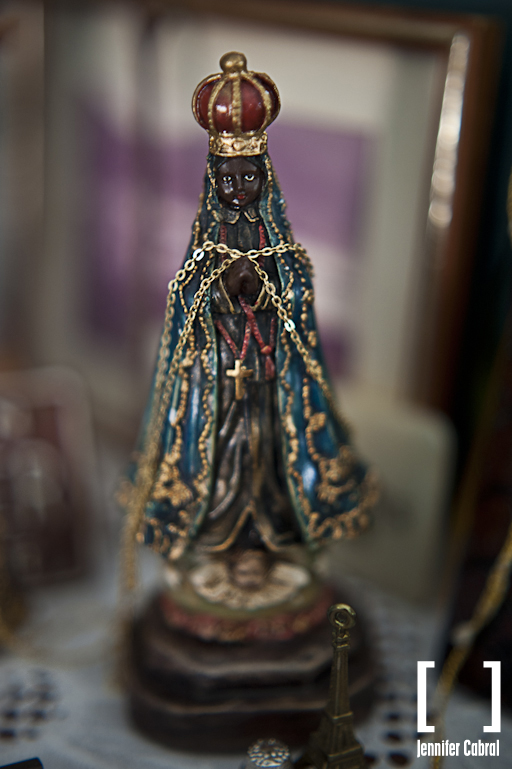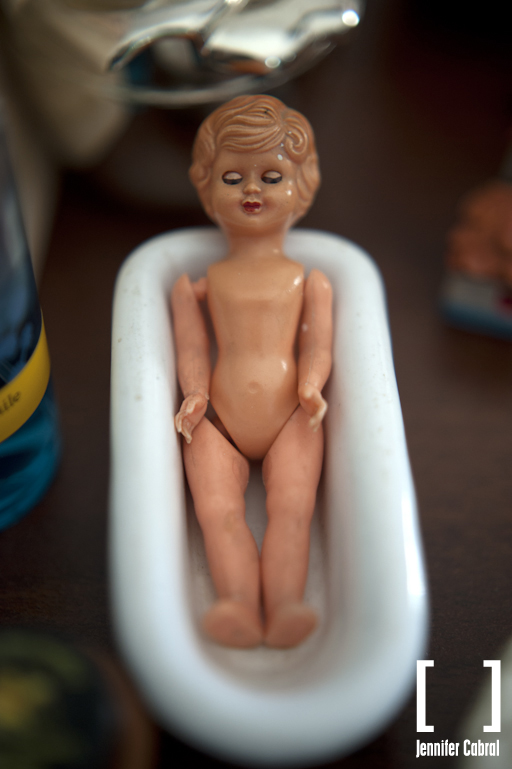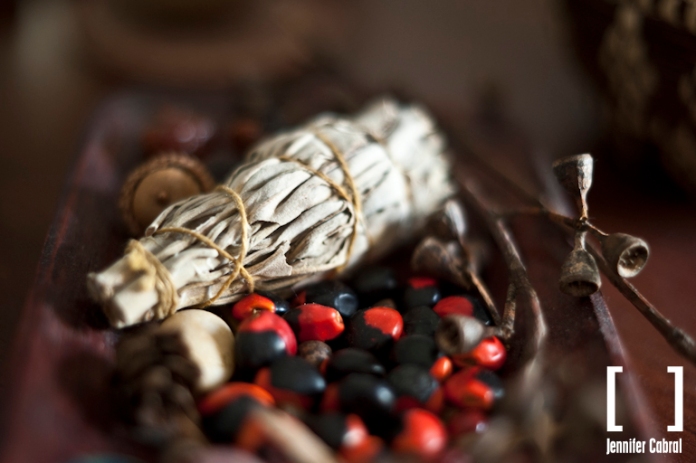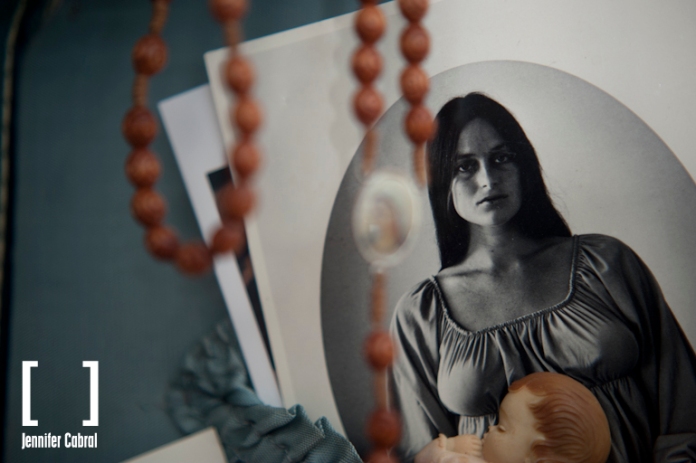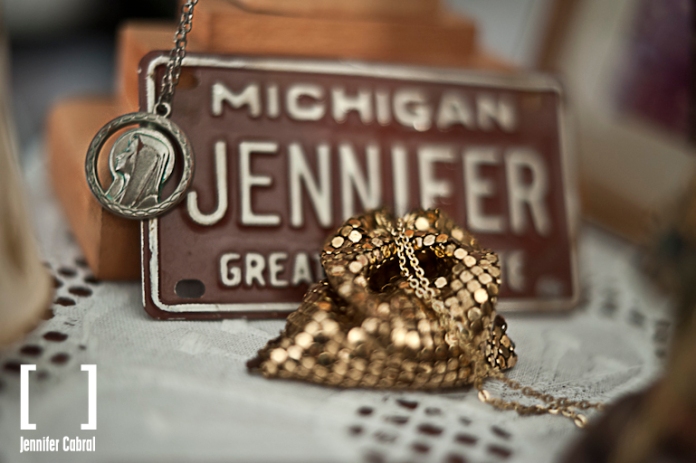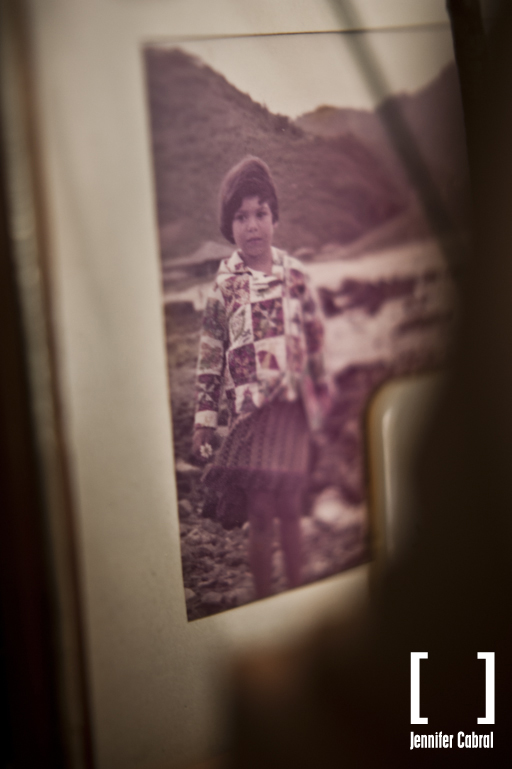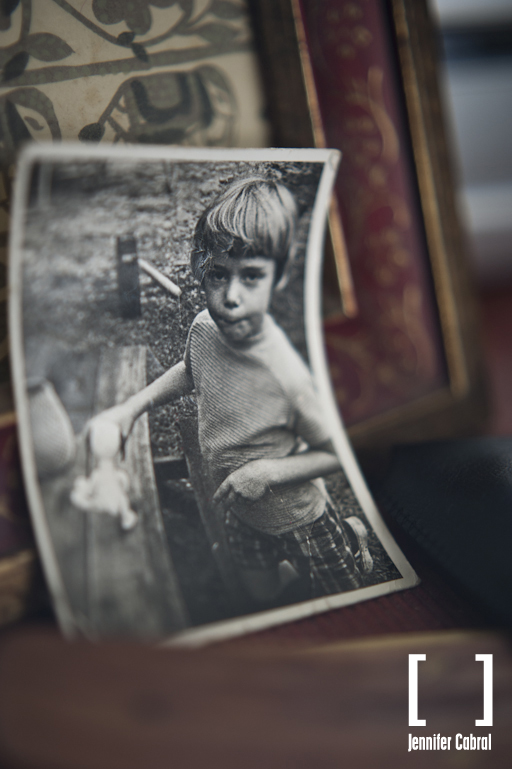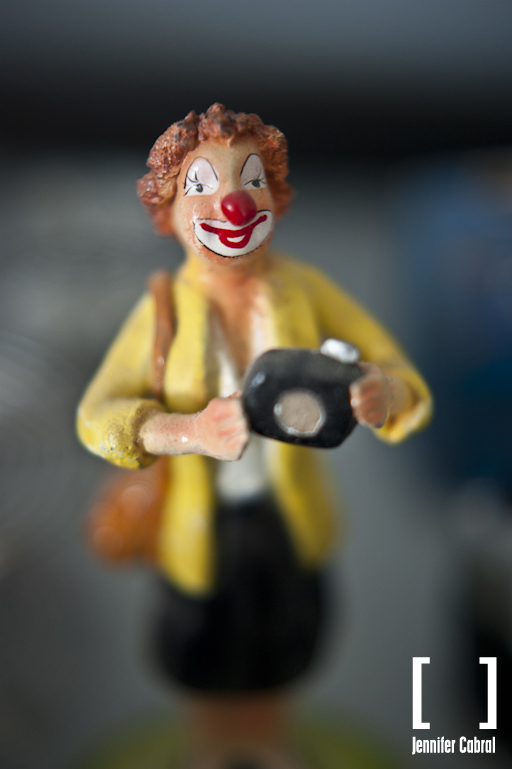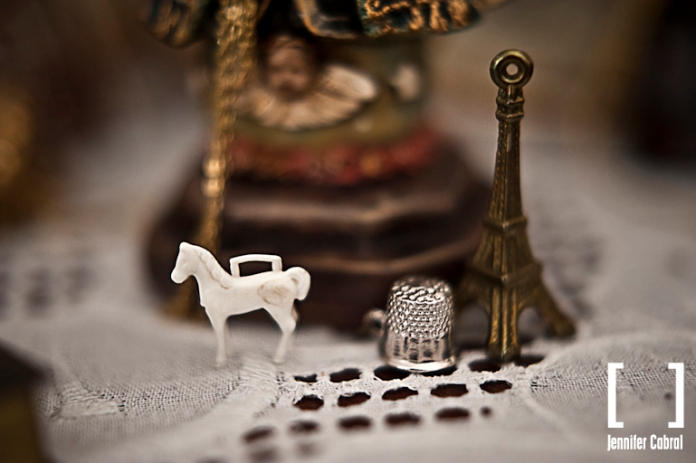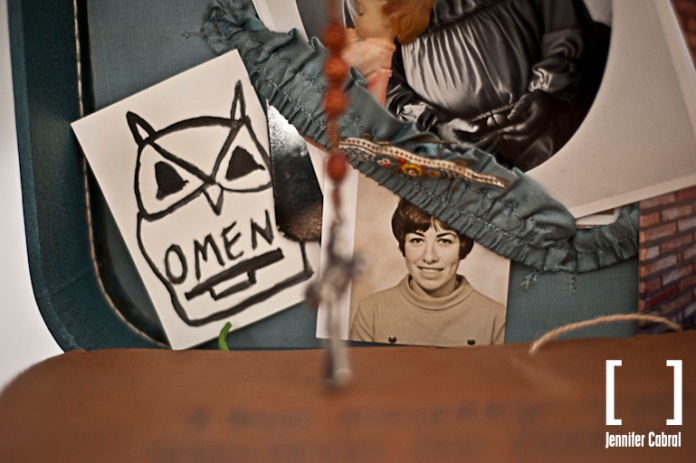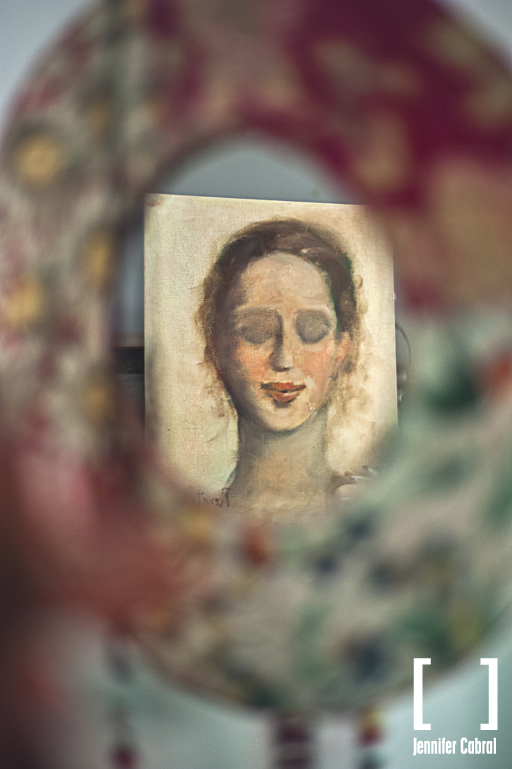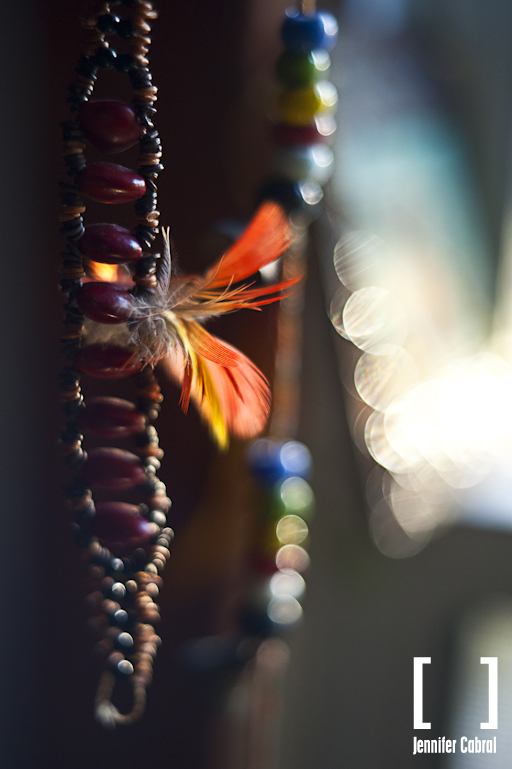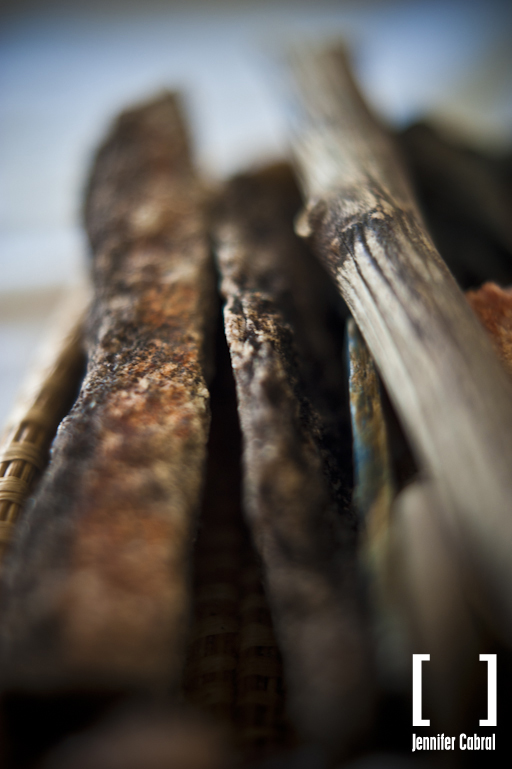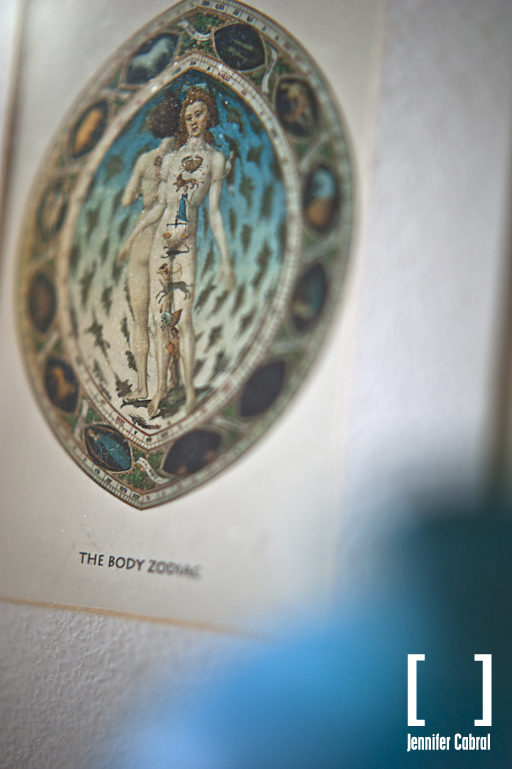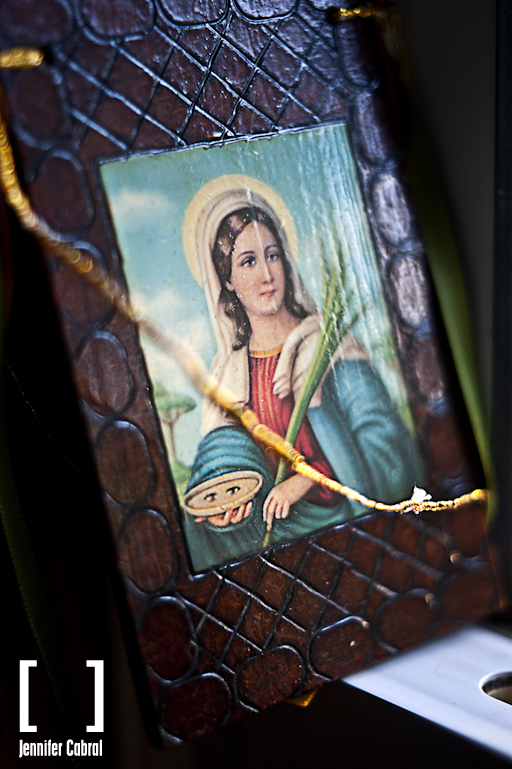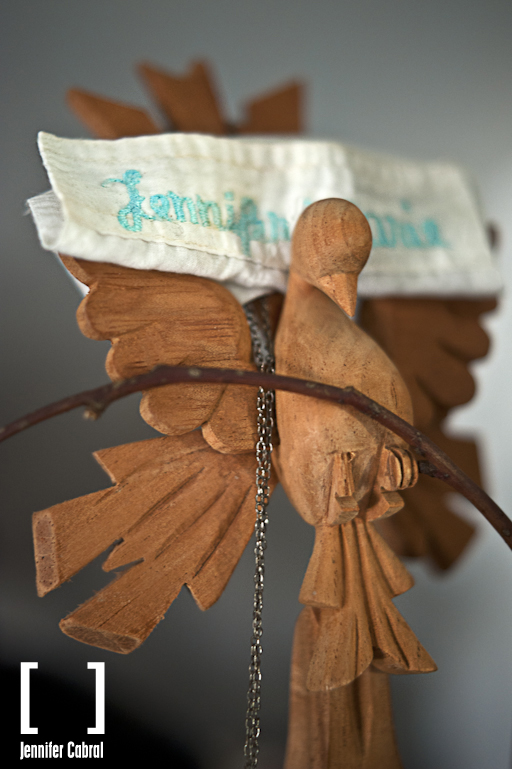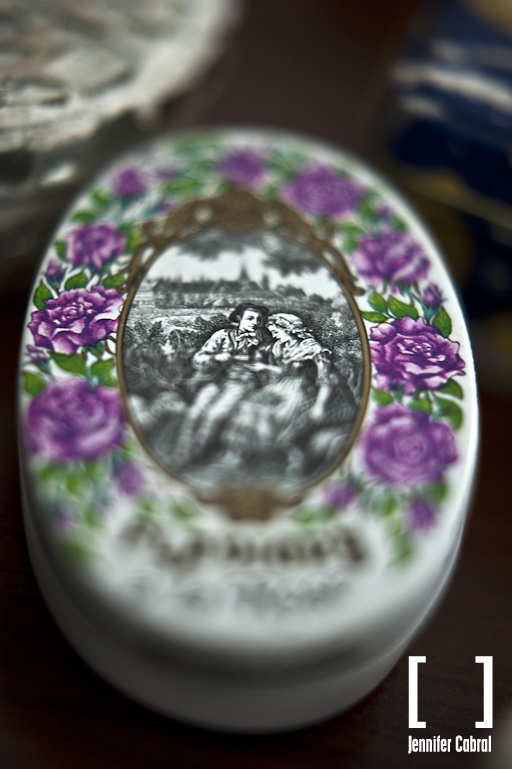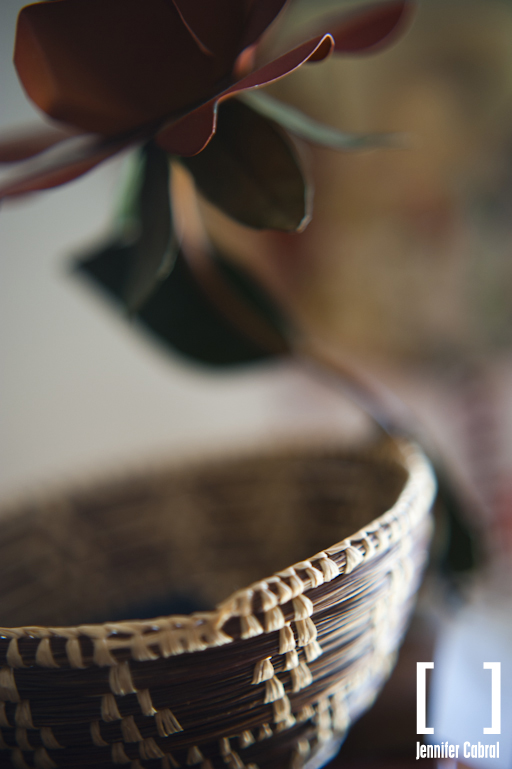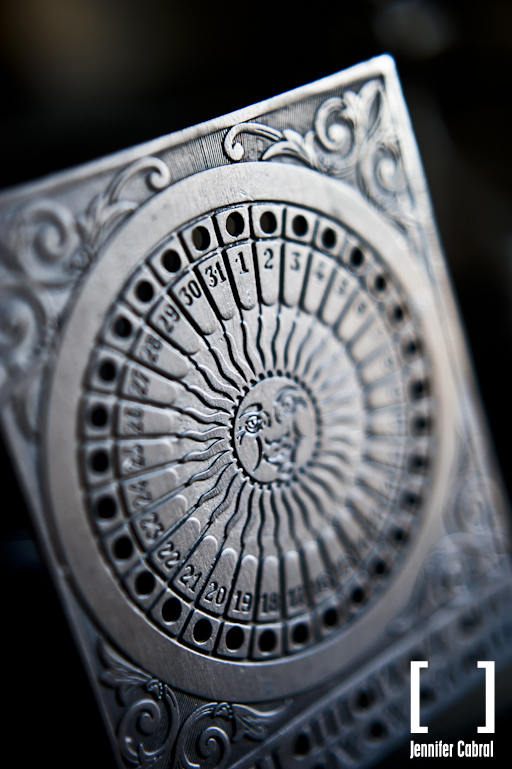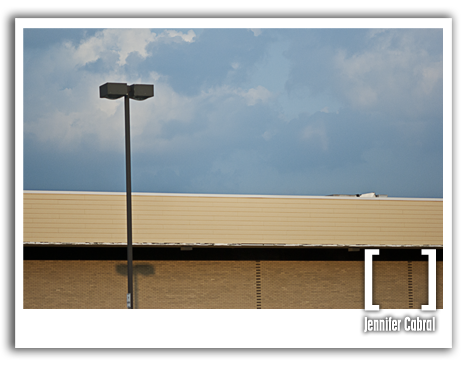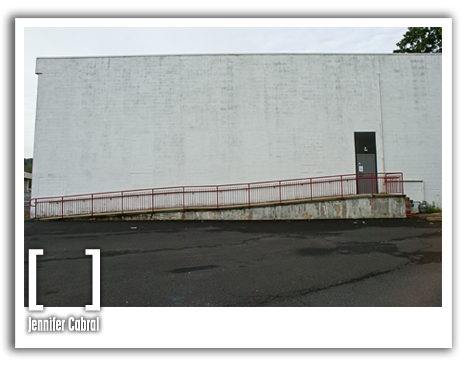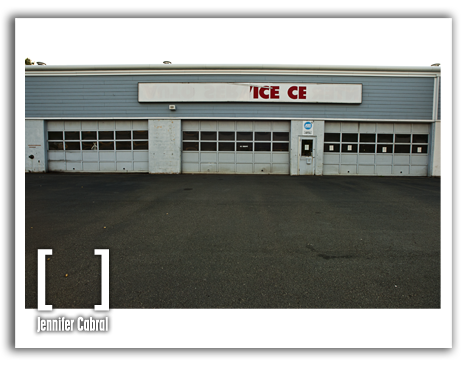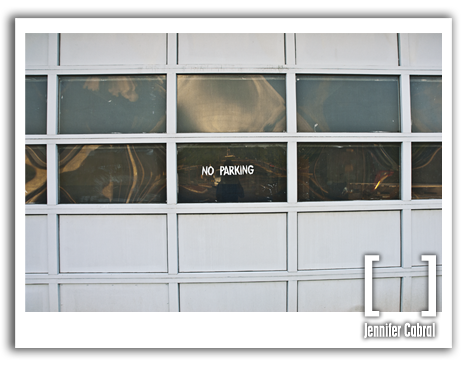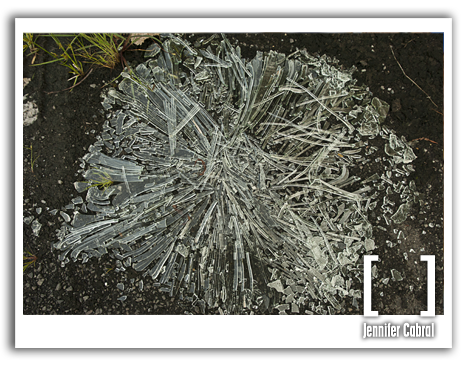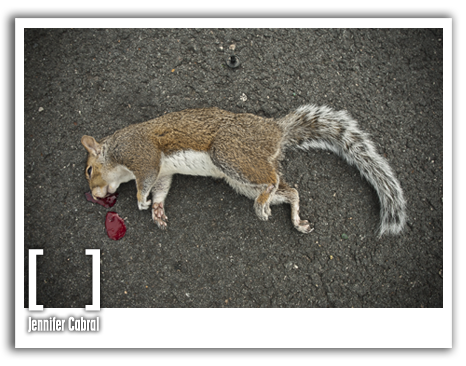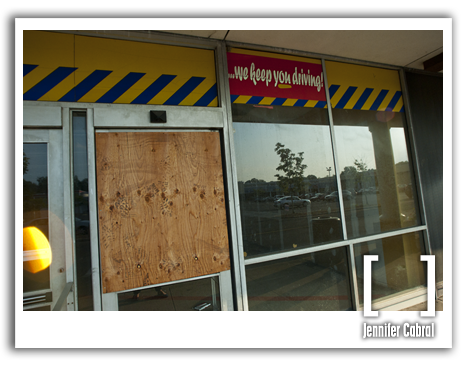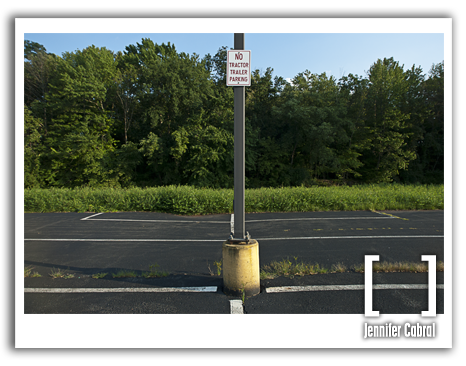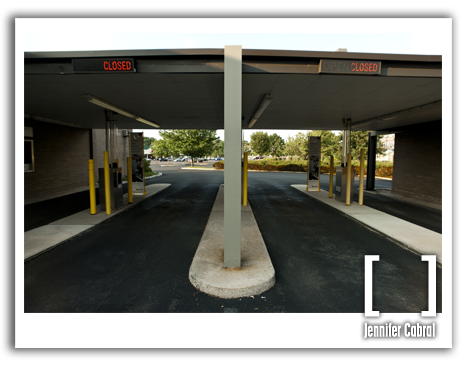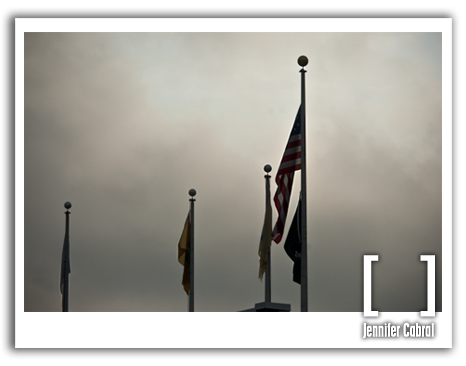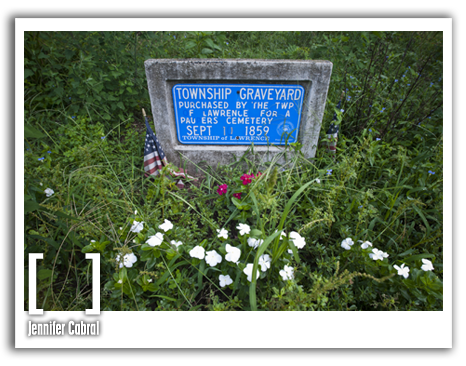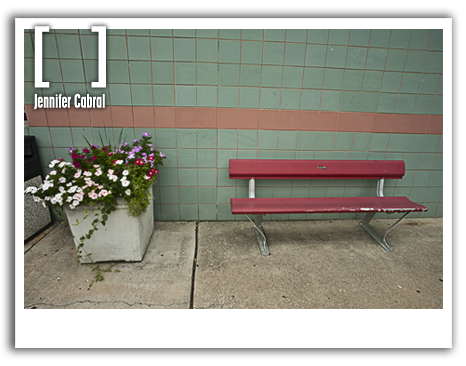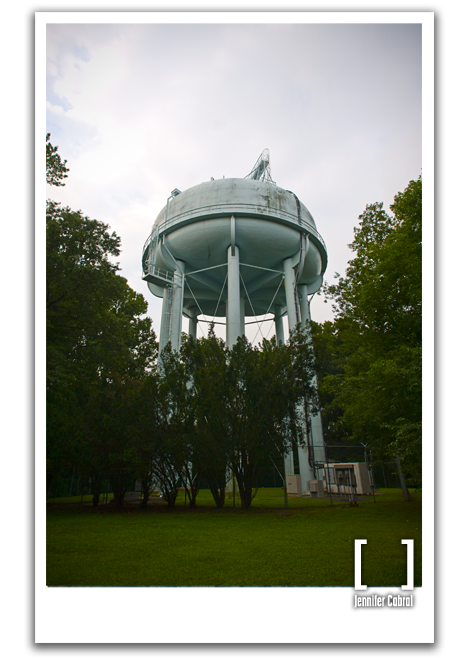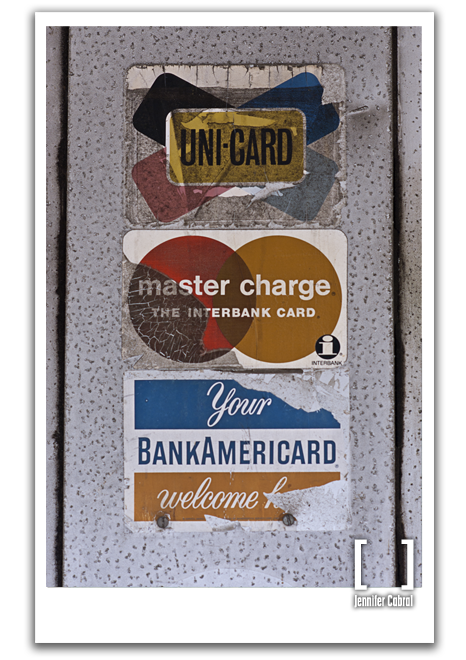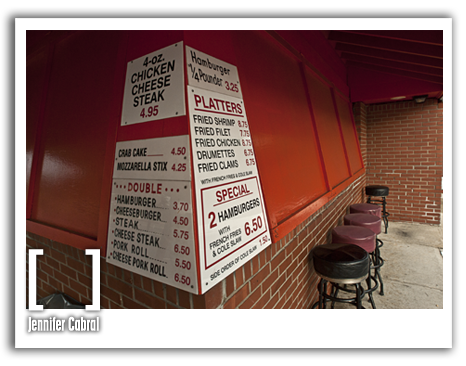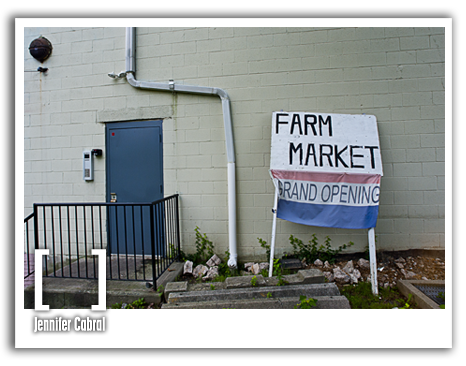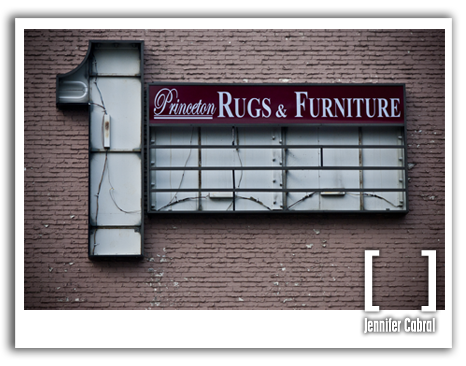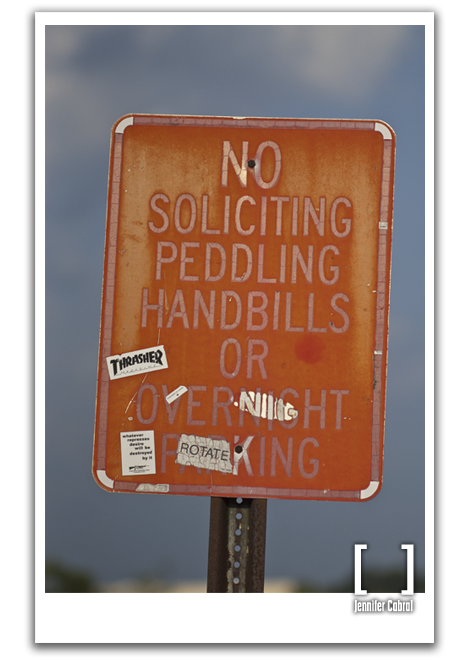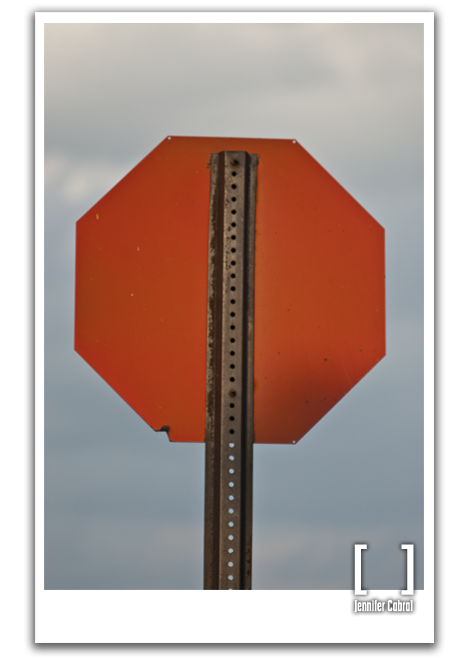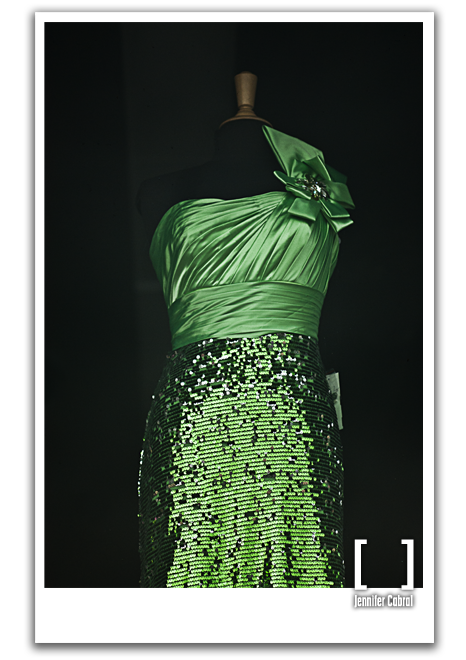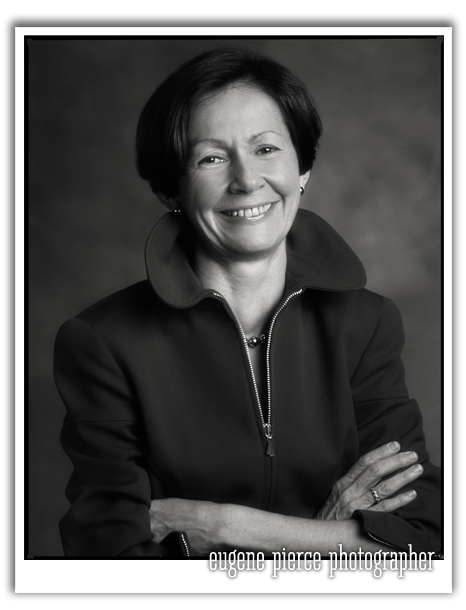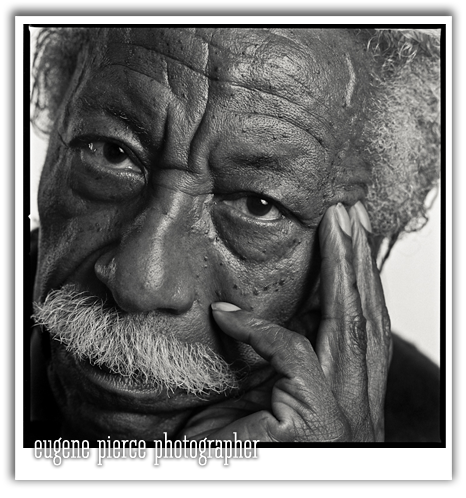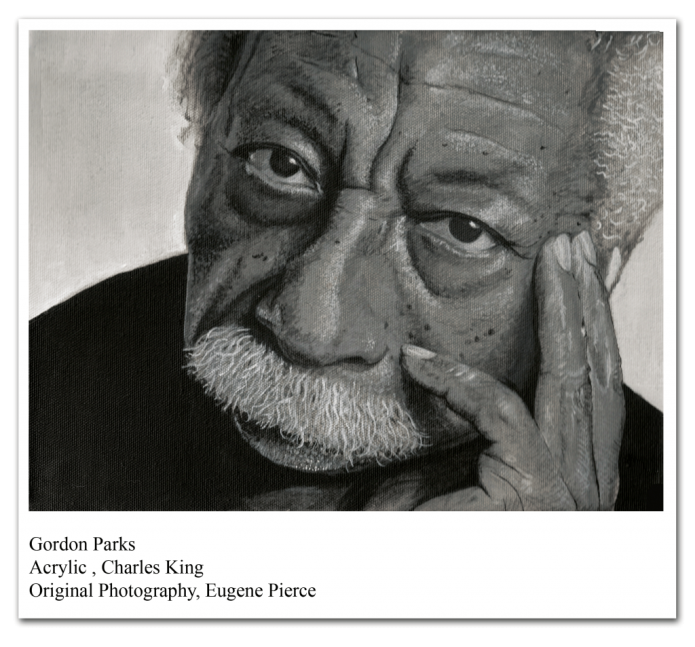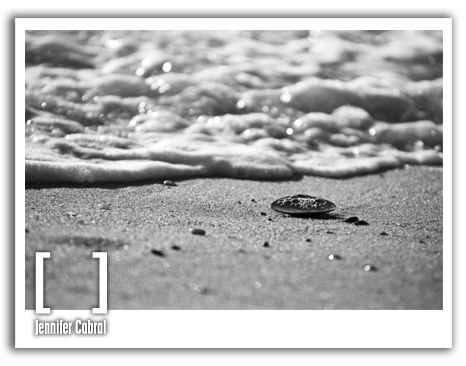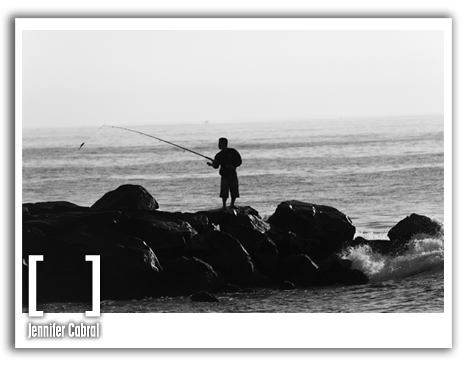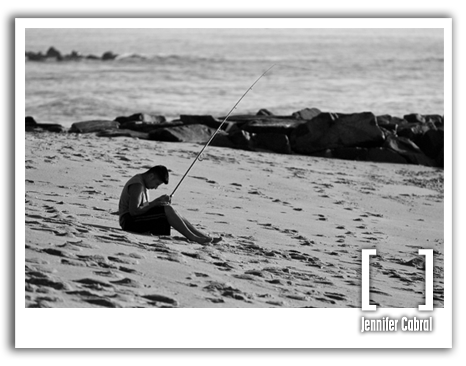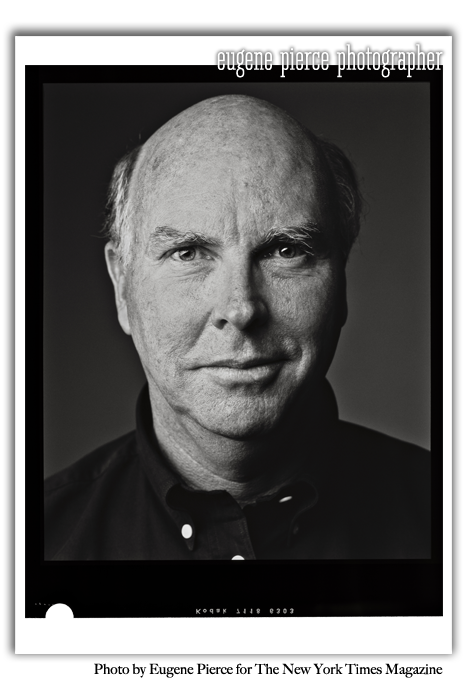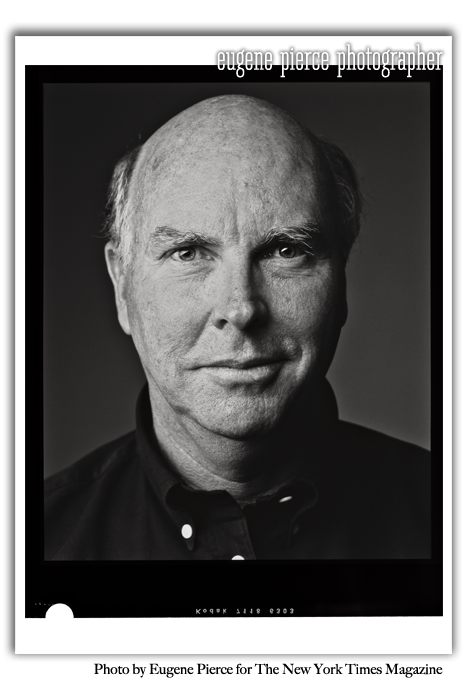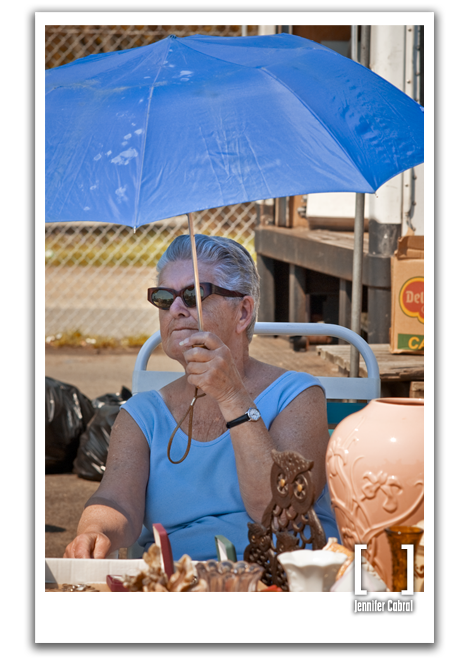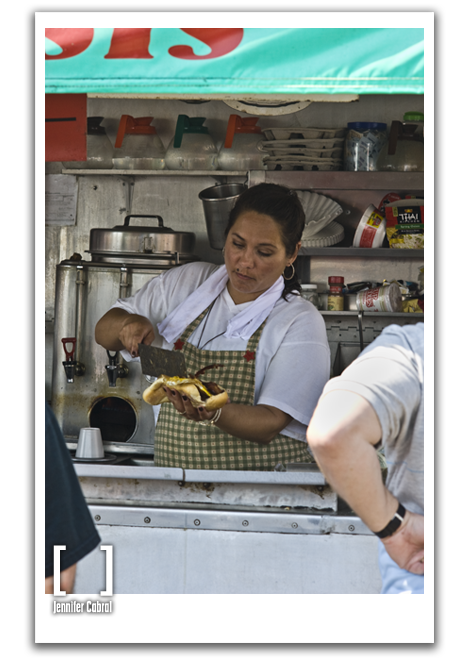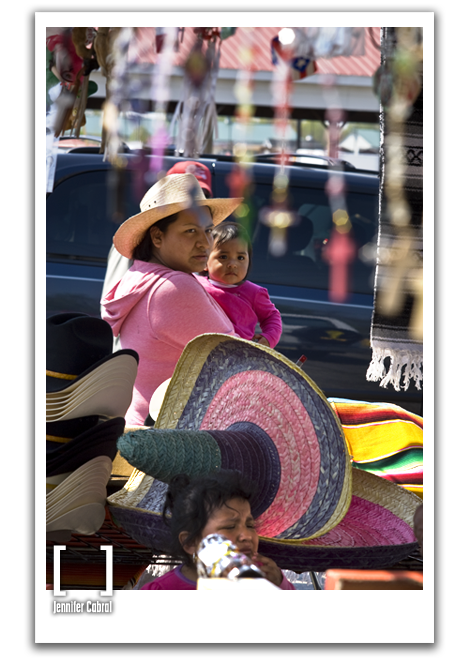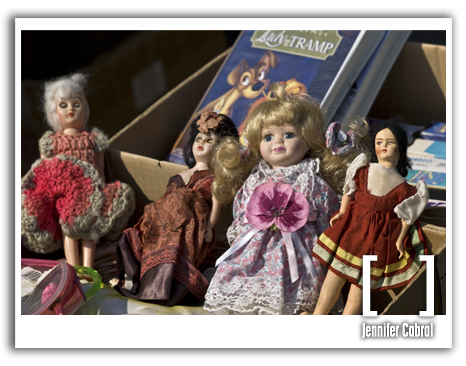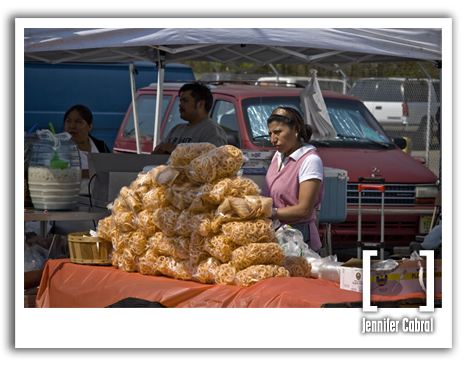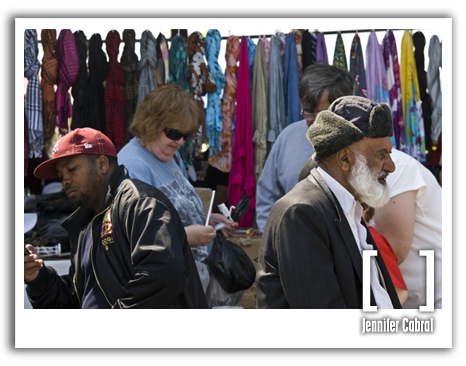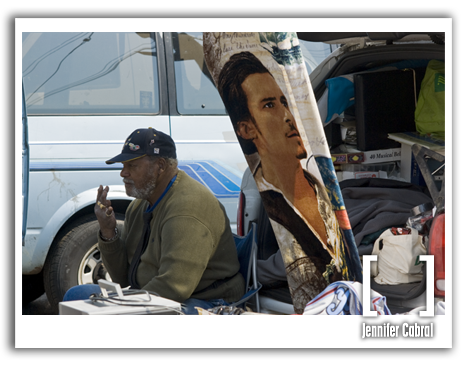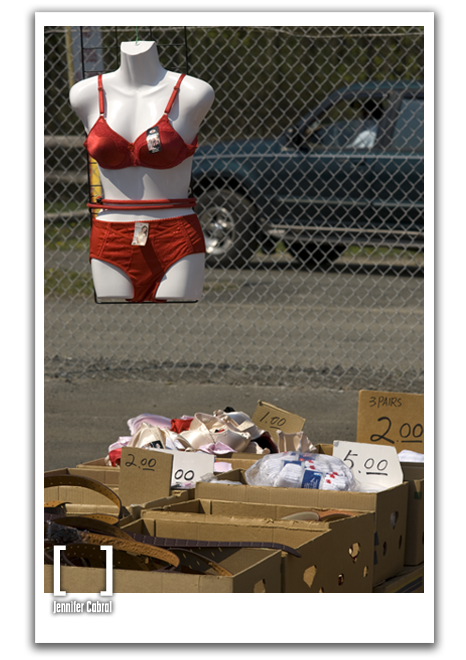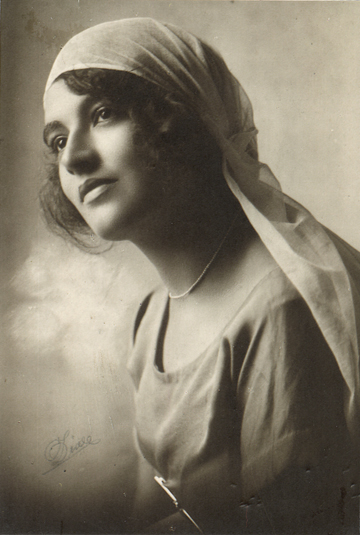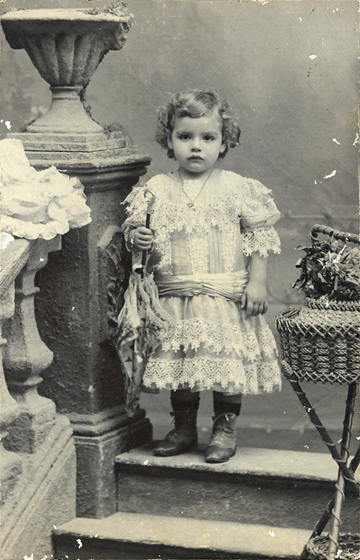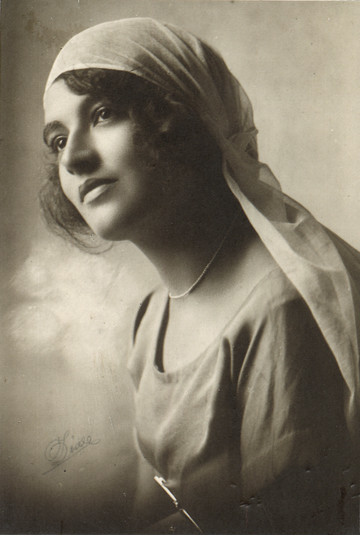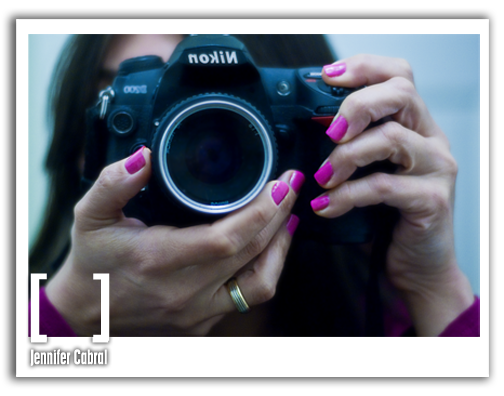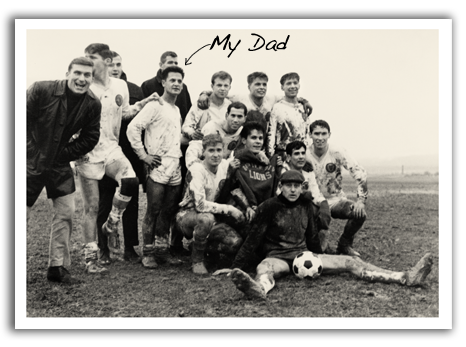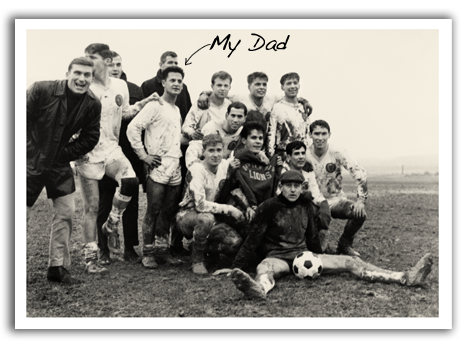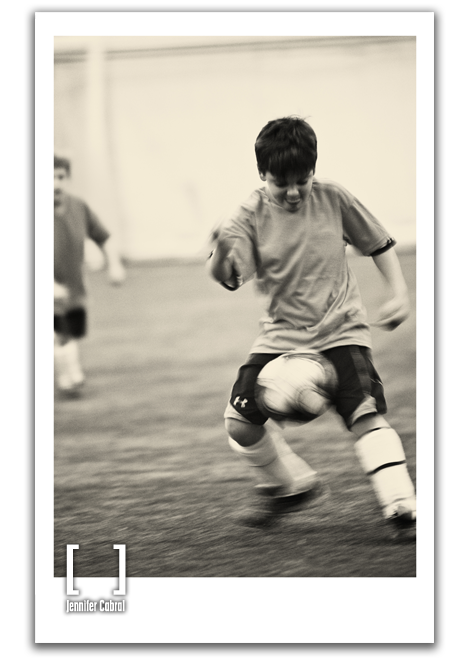Photos by Eugene Pierce and Jennifer Cabral. Written by Jennifer Cabral
A bakery in central New Jersey becomes a household name for gluten-free living
The address is 2691 Main Street, Lawrenceville, NJ 08648. When I walk into this house, I can feel the inhabitants that lived in it. Old fixtures and incandescent bulbs can still be found on the upstairs walls. A large dining table, full of stories to share is set up in the middle of the room. A chair saturated with age is placed by a window. The bathroom still carries its original iron tub. There is a couch I can share a book with. And the kitchen is no different than in any other home, the heart of it all. That is where I met Marilyn Besner. And that is where Wildflour Bakery and Cafe is housed.

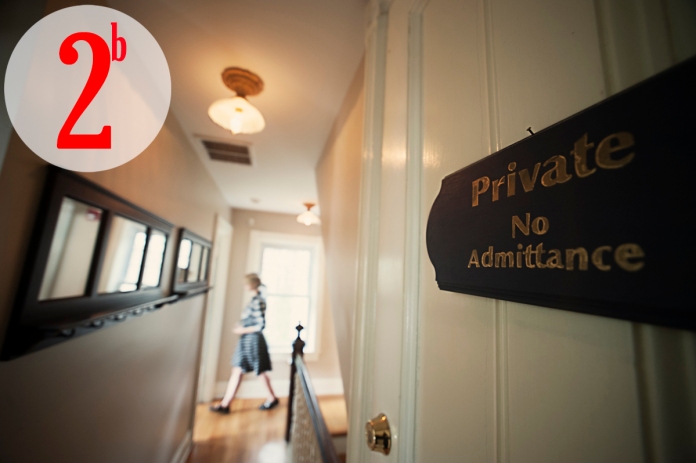
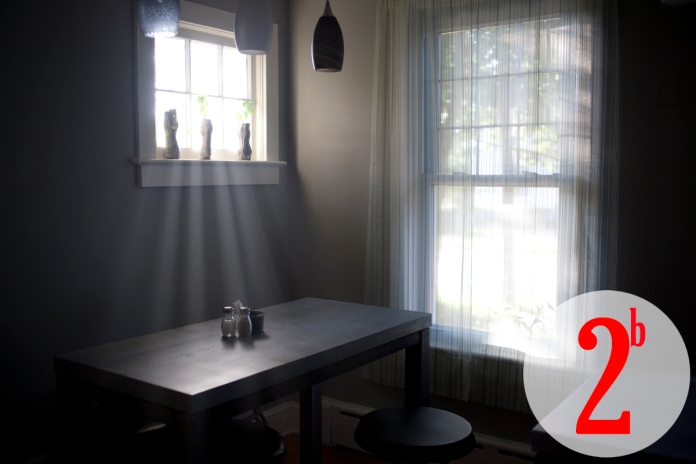
As the welcoming host at Wildflour, Marilyn is willing to spread maple syrup on confections for her guests, like the true Canadian that she is. Marilyn’s dedication to baking and cooking took years in the making. But the move from a part time pastry chef in the Princeton area, to a business owner, happened in a matter of months – she saw the old house for sale in November 2012, and Wildflour opened its doors in May 2013. After a few adaptations from a previous restaurant operating in the building, it was remodeled with food as it’s central purpose, and a home setting as it’s core. It now carries a hybrid design that allows a state of the art industrial kitchen to cohabit the intimacy of a living space. Marilyn Besner formally trained in New York, at The French Culinary Institute and The Natural Gourmet Institute. But it was in between meals served to family and friends, at a table inherited from her mother, where she has always actualized her recipes. It wouldn’t be any different when she had to create a menu for her first cafe. Except on one occasion, when Marilyn had to play guest instead of a host. To perfect the mint chutney sauce served on crepes at Wildflour, or the vegetable dosa that shows up as a daily special, Marilyn was invited to a dosa party. No such thing as too many cooks in that kitchen. There, surrounded by women willing to share as many recipes as stories, Marilyn made her first attempts to prepare dosa. Later, she would achieve the precise crispness and flavor of these dishes in her own kitchen with the direct supervision of her friend Jaya and her native South Asian palate.
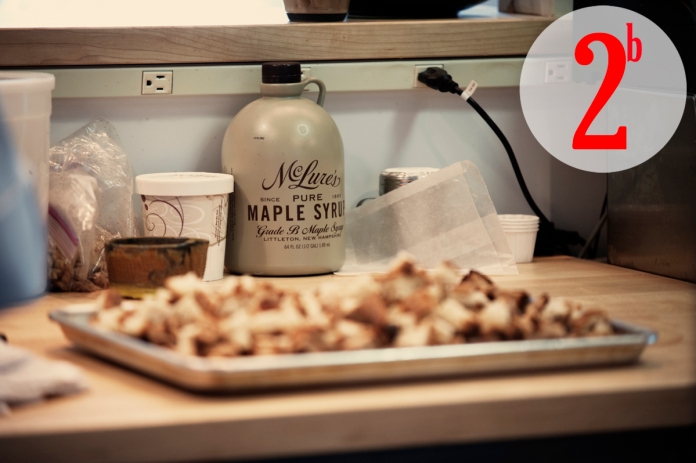

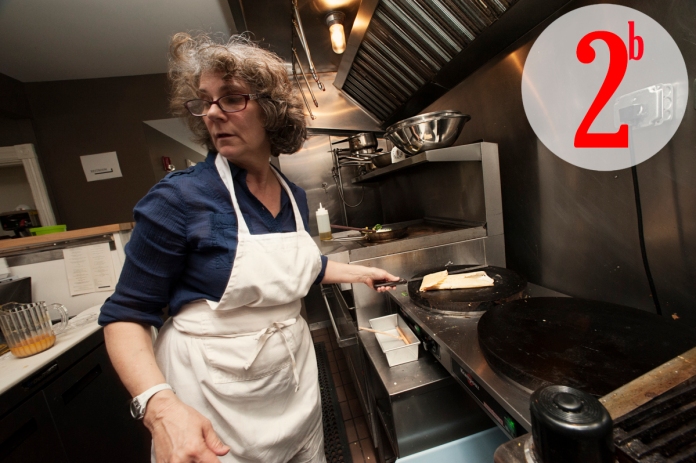
Her familiarity with timing and temperature comes not only from the oven, but from a kiln, as well. She is skilled in the art of pottery – clay and glaze being treated no different than flour and frosting. But when time came to create her breads and pastries, Marilyn Besner relied on Mathew Andresen, a member of Bread Bakers Guild of America, to help her adapt home made recipes into production. The most challenging element was creating the perfect mixture of entirely gluten-free flours – the core element of Wildflour Bakery and Cafe. Their partnership’s success can be tasted in every bite. You not only do not miss regular wheat flour, but welcome all sophisticated textures and flavors incorporated into their recipes from the use of more intricate flours like tapioca, quinoa, garbanzo, rice, lentil and amaranth. Wildflour is a safe haven for those with gluten sensitivity that will not disappoint any bread and butter eater. And believe me, I am both.
My grandfather owned a bakery in my hometown of Belo Horizonte, Brazil, in the 40’s. My dad, the youngest of 6 children, was able to escape shifts working behind the counter at Bakery Sul America, to attend games by his favorite soccer team, but life wouldn’t let him escape his fate of working in the baking business. Even after getting an Engineering degree at CUNY in New York, he would eventually go back to Brazil and open his own company custom building baking ovens in the same town his father delivered fresh bread out of carriages. For years, my dad’s job was coming in and out of bakeries making sure the ovens he designed at Erlan Ovens were evenly distributing heat over the golden rolls we Brazilians call “bread of salt”. My way of embracing our family’s roots in the baking business was to offer no resistance to being raised on bread – like any Brazilian worth it’s salt. As a child, I volunteered to take part of a national daily ritual – to stand in line at a neighborhood bakery to pick up fresh bread in the late afternoons. I can still feel in my arms, the warm paper bag I would carry, full of bread that would be smothered with butter within minutes of being out of the oven.

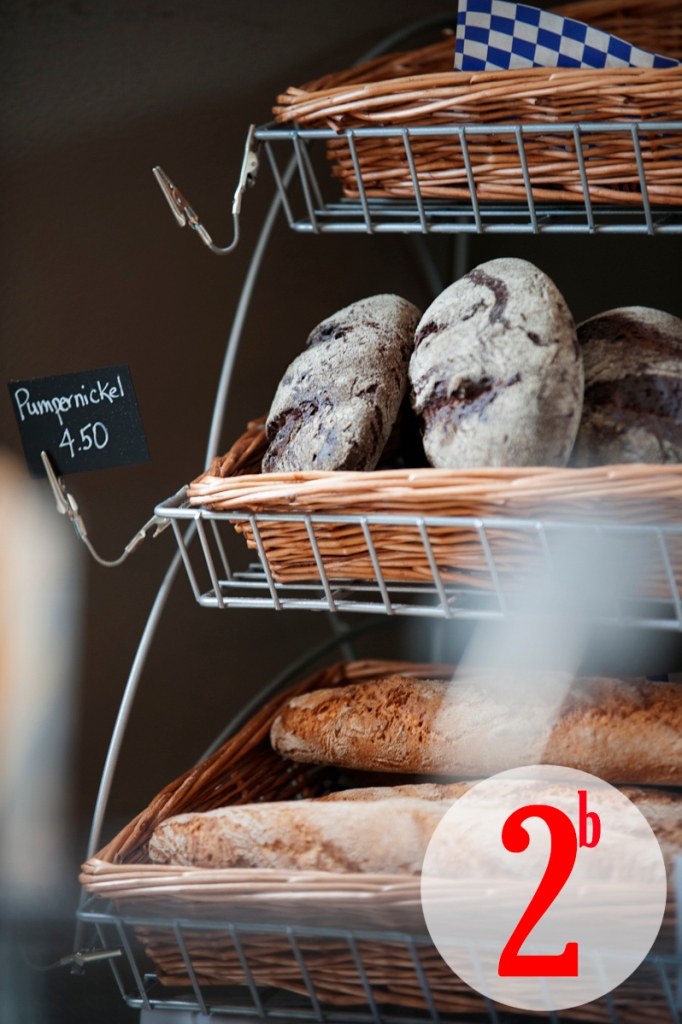
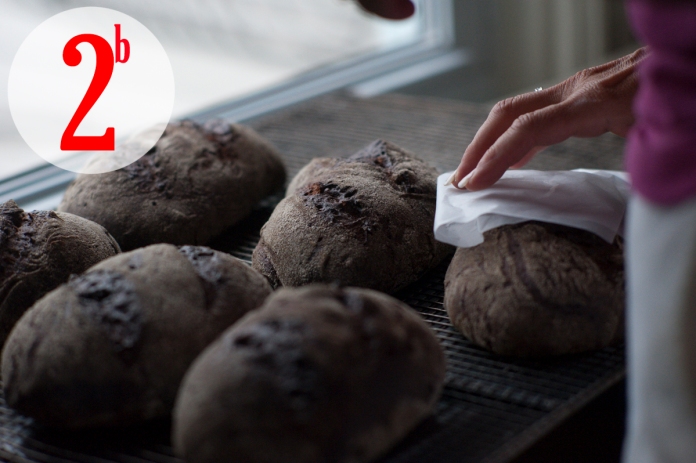
I would still be carrying on such tradition, if it weren’t for a gluten sensitivity I developed a couple of years ago, and the migraines that accompany it. I had no choice but to settle for tasteless frozen versions of gluten-free breads offered at natural supermarkets. I was getting used to the packages full of ingredients that promised far more than they could deliver, until one day I read in the local paper that a gluten-free bakery was opening in my own town of Lawrenceville, NJ. I visited the bakery the next morning. And the morning after that. It quickly became my daily stop on my way to work – “A banana muffin, please. No. Make it, two.” One day I stared at a tray of robust purple loaves freshly baked. “What are those?”, I asked Anita, the friendly server that by now, knows me by name. “It’s Pumpernickel”, she said. I took a loaf home, and smothered it with butter while still warm out of the oven. Nothing like tasting tradition again. I was overwhelmed by its taste. Later I would learn where all that flavor came from – together with caraway seeds, Wildflour‘s Pumpernickel contains cocoa, maple sugar and a shot of espresso.
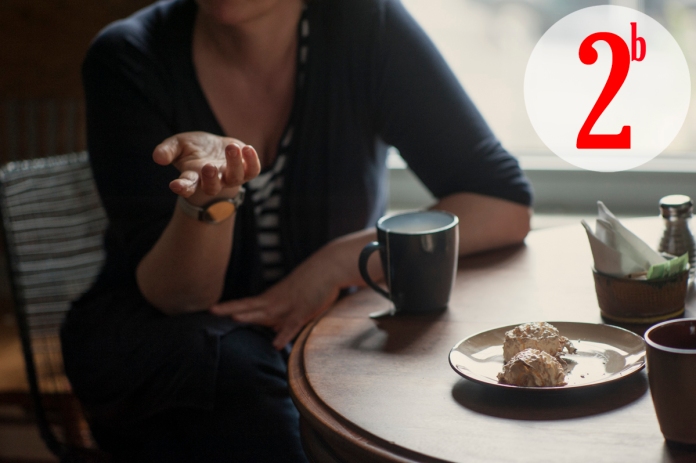
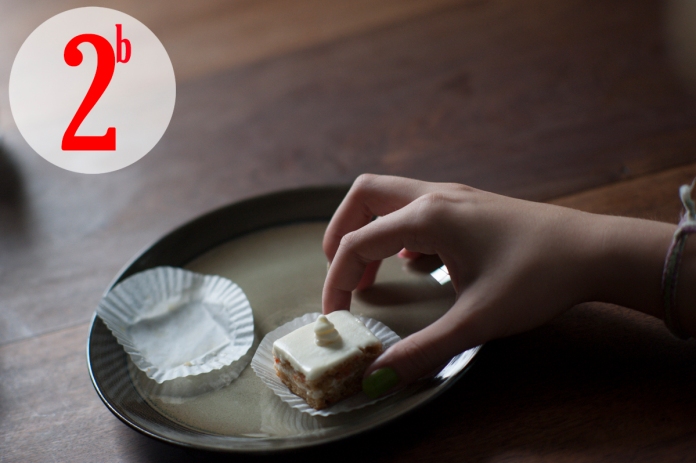

And it was with a shot of espresso that I enticed my husband to come to a gluten-free bakery with me. Gene is the coffee-and-cigarettes type. My better-half is unwilling to sacrifice much in the name of healthy habits, let alone taste. So, he didn’t have many expectations for the “no-wheat-zone” he was about to step into. But that only lasted the first bite into a blueberry scone. Wildflour’s version of his favorite delicacy, and a bold cup of coffee did the trick. Now, he is hooked as I am at sitting in the cafe and enjoying the ambiance of the place, while trying something new from their menu without any fear of disappointment. It didn’t take long for the photographers in us to get hungry, too. So we invited ourselves into the kitchen, camera and all – “What time does a baker get out of bed?”, we naively asked.
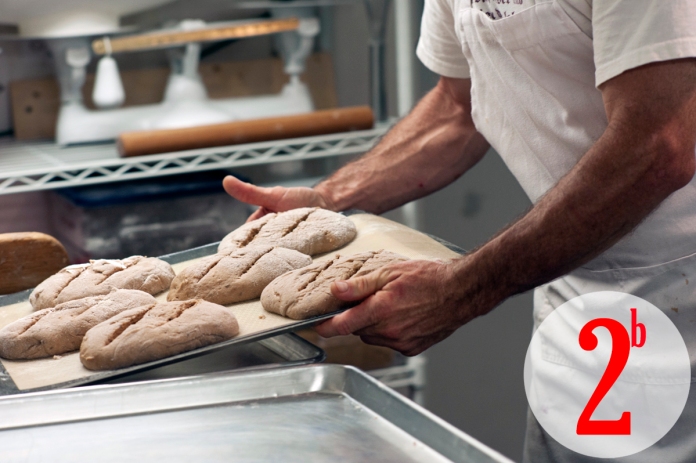
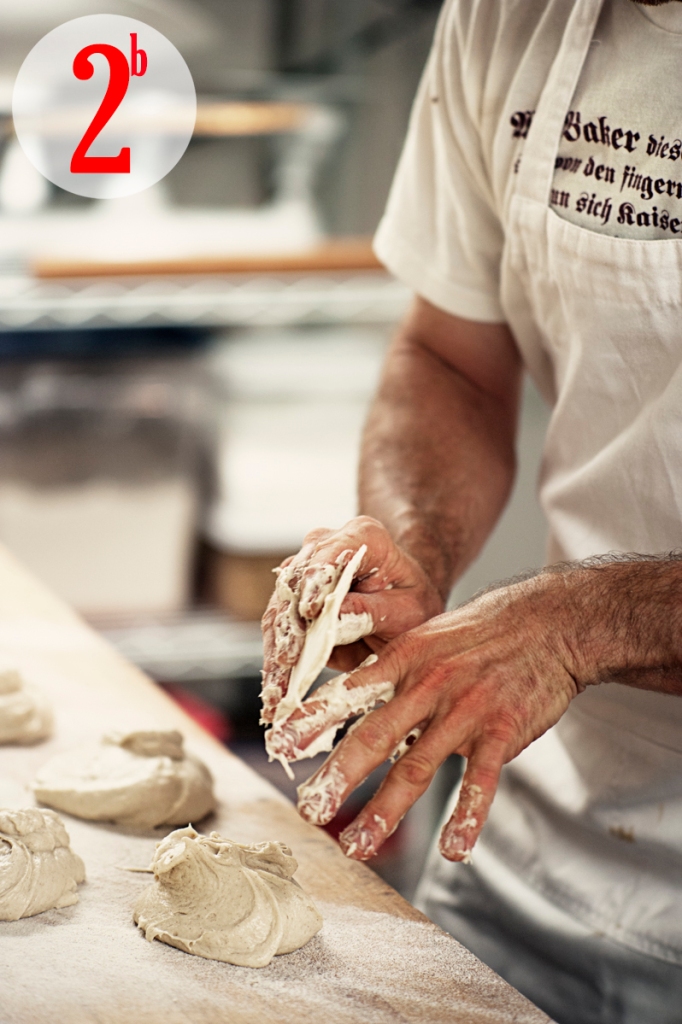
At 5:15 AM, both Matt and Marilyn were already down by the oven rolling bread. Predictable in shape and size were their rolls, but not their conversations. The discussions went from global warming – “Last night’s heavy rain in the garden might have done some damage”; to the ethics of free range cattle – “It tastes better, too”; to participating in the slow food movement – “Chard from the farmer across the street should arrive today”. As I stare at their hands covered in dough someone mentions: “You better love your baker, ’cause a little of the baker goes into the dough.” At some point, I caught Marilyn looking at the veins on her hands as she bragged: “I worked hard to earn these”. I kept a list in my head of the nouns those hands were able to create so early in the morning: Foccacia. Challah. Biscotti. Scone. Danish.
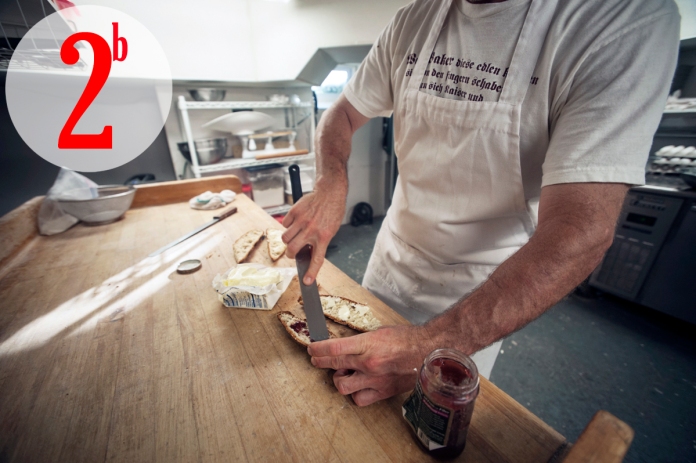

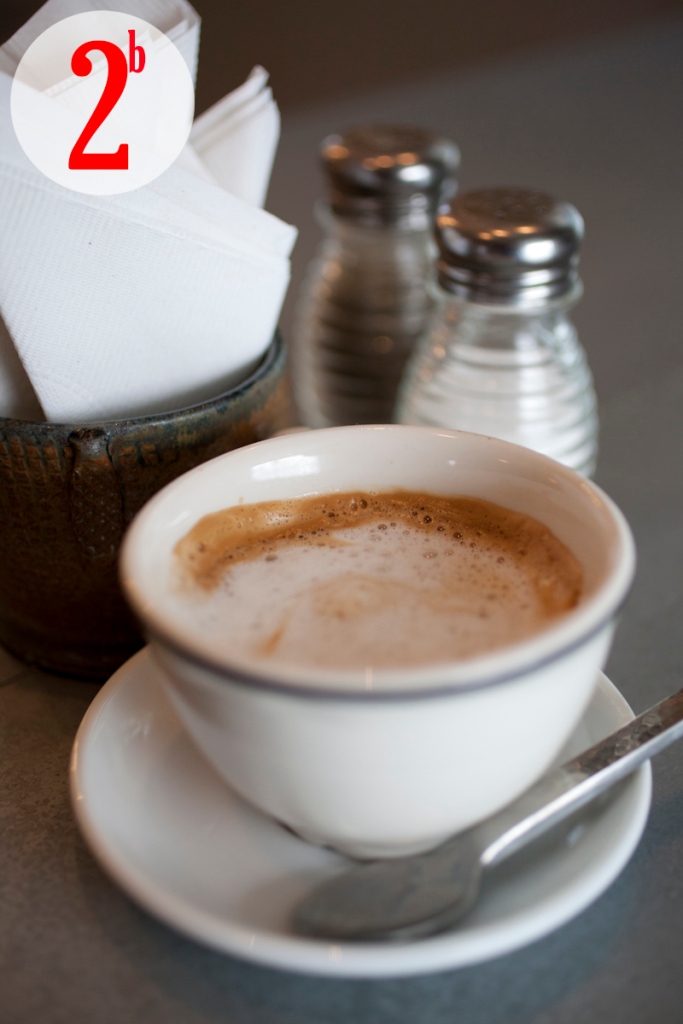
The bread was finally baked. Clouds of steam rolled out every time the oven door opened. We were enveloped in fresh-out-of-the-oven smells. The 16 baguettes that would be sold throughout the day took over the kitchen counter. Right there and then, one was sliced and covered with jam and butter. Equal portions were shared among all. Breakfast was served. Nothing will ever taste better. I asked Matt: “What is your favorite thing to bake?” Chocolate chip cookies, he answered, as he handed me a scoop of cookie dough that made me dream of what the baked version tasted like. When I mentioned I was from Brazil, Matt immediately asked about Pão de Queijo, a cheese puff typical from my home state of Minas Gerais. I promised to bring him the authentic yucca flour recipe. They played with the ingredients I listed, and came up with a delicious crisper and darker version of the round and creamy color of the Pão de Queijo I’ve known growing up. They will now serve Brazilian cheese puffs every Wednesday mornings. If they serve it as my father likes it, it will be eaten along side a tiny cup of espresso, filled with spoons of sugar.
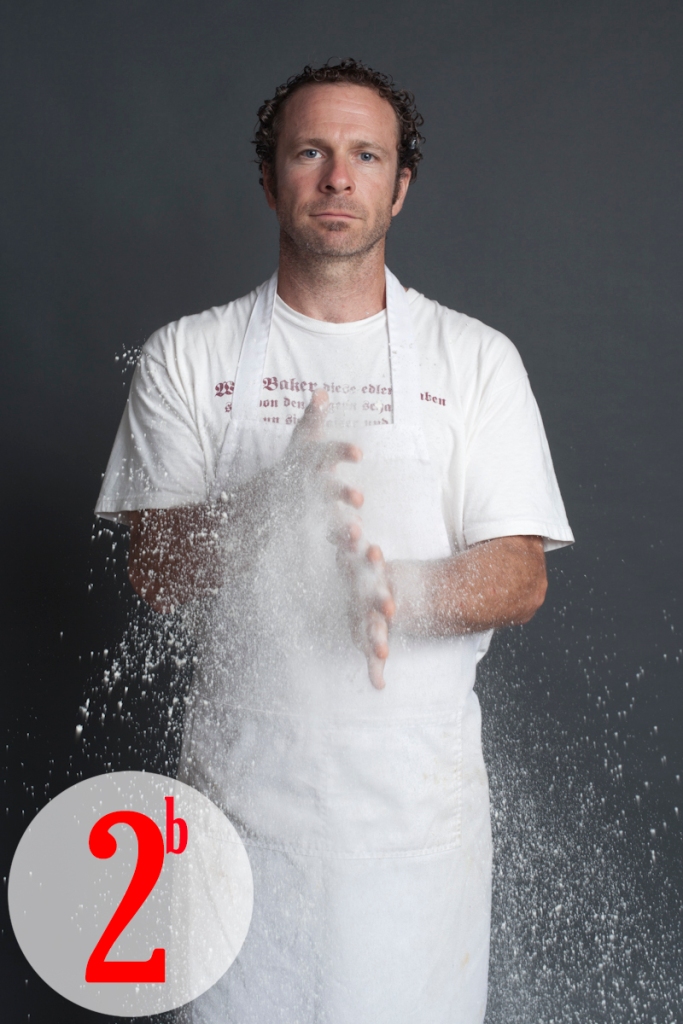
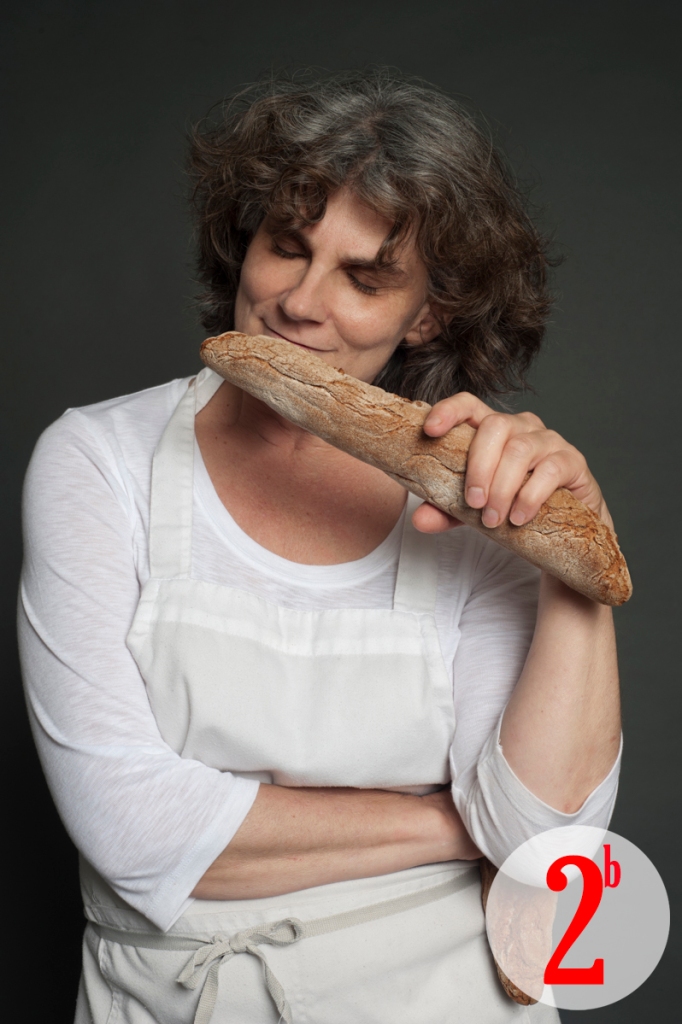
It’s 8 A.M.. Countless trays flowed out of the basement. The staircase stood as a reminder there was a whole world waiting. Counter, kitchen and tables lingered. The encased glass display was now filled with flavors. The door opened to it’s first customers of the day. The servers and the dishwasher soon lined up for duty. Since 7 A.M., Monica had taken over the kitchen prepping vegetables and leafy greens with the familiarity that can only come from being a vegetarian chef (Her blog La Vegetariana is proof – www.lavegetariana.com ). The lunch rush would soon take over this establishment. One of the servers carrying a stack of empty plates, proclaimed: “They loved the corn cakes. They just ordered one more.” Monica greased a pan for the task. The case of ripened mangoes would no longer wait to garnish this dish. Monica combined the sweet salsa with a stack of warm cakes. All I could say was Olé. And many are saying the same about their menu that is not only gluten-free, but vegetarian as well. Wildflour Bakery was included in the 2013 Jersey Critic’s Choice Restaurant Poll under the vegetarian category.
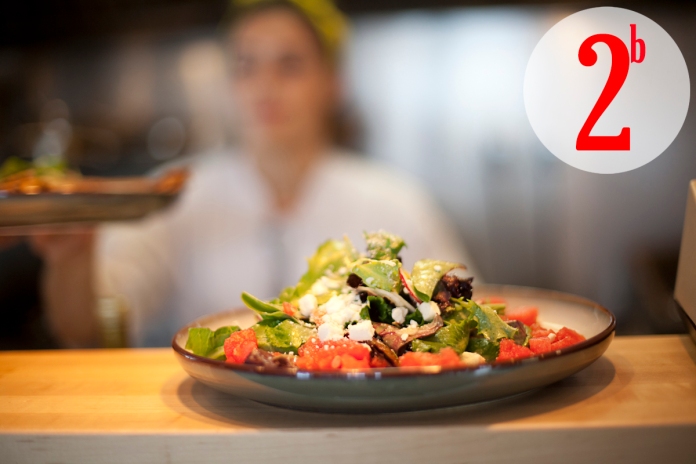
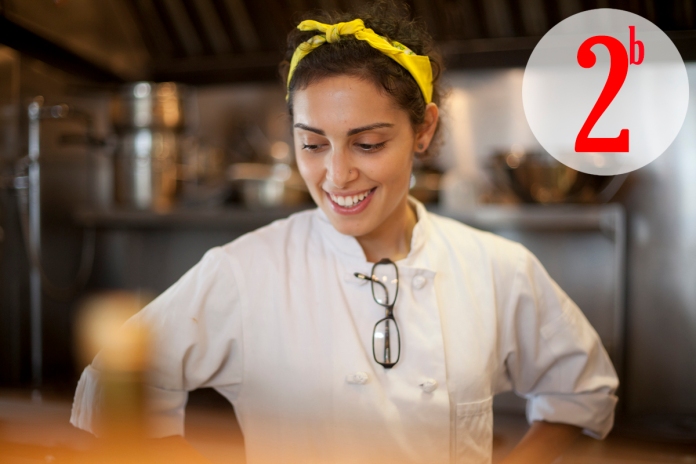

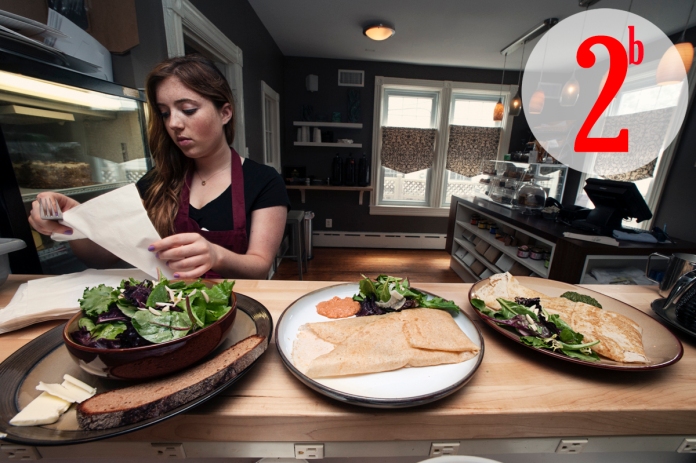
Orders for late lunches were still coming in, but the counter of pastries was already busy with late afternoon customers hovering to take home any gluten-free treats left. It doesn’t take much for someone to feel lucky – the last macaroon or shortbread will do. Meanwhile, Marilyn is in charge of the less glamorous tasks in the restaurant business: payroll, placing orders, getting supplies. If only her restaurant management training in NY, would make it any easier. The dishes are all washed. The kitchen is cleaned. The bakery is dormant for the day. The doors are now locked. But Marilyn is still standing behind the counter looking at numbers. It’s a 12 hour day, everyday. Do they teach that in culinary school? That’s what my father remembers the most about the bakery – the long hours his father worked. The bakery opened its doors at 6 in the morning and wouldn’t stop serving customers until way past 10 P.M. My Grandfather moved his family to the upper floor of the bakery as the only way to keep up with the intense schedule. The building of Bakery Sul America would be where my grandfather lived and died. He was 61. My dad was 15 when his father, José Amaro, passed away. To “earn one’s bread and butter” takes a whole new meaning when you are the one standing by the oven.

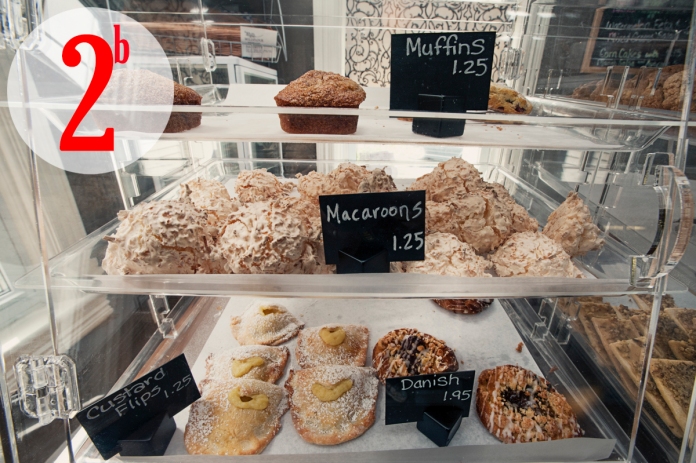

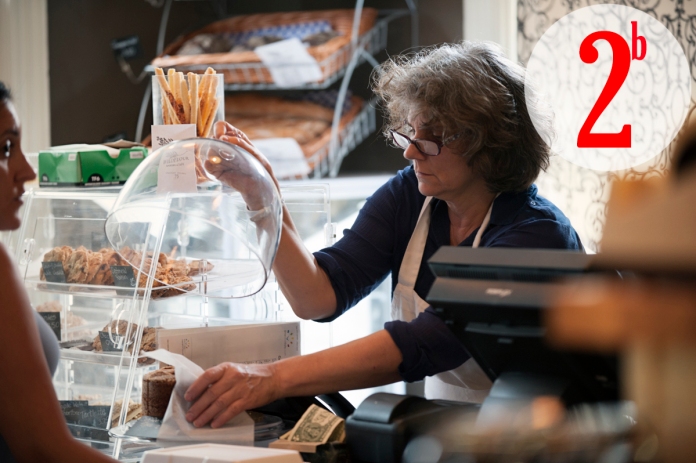
Photographers Jennifer Cabral and Eugene Pierce create high-end photo essays for blogging, web illustration and social media to attend the needs of independent professionals and small businesses. To learn more about their services visit www.jennifercabral.com
